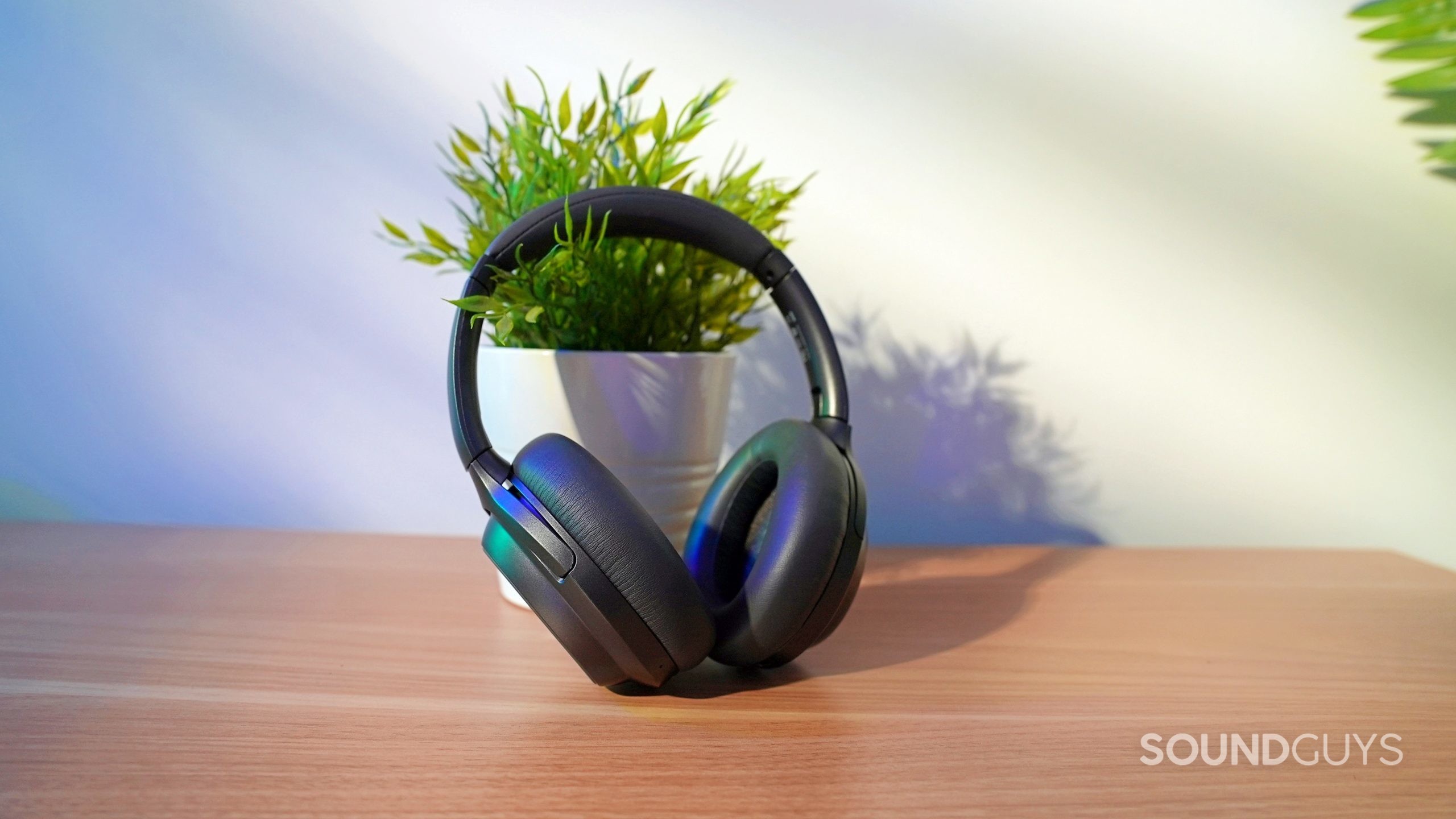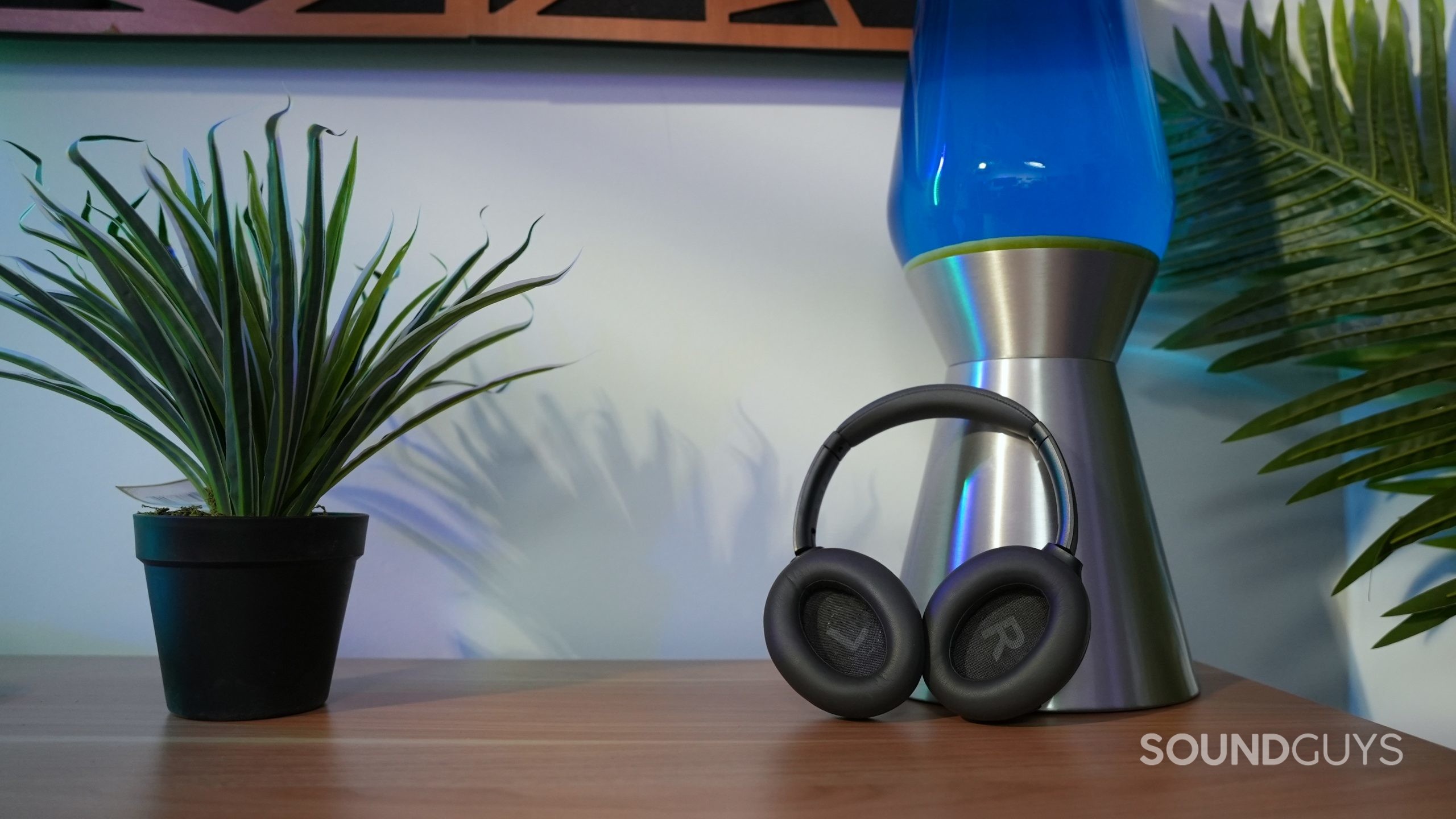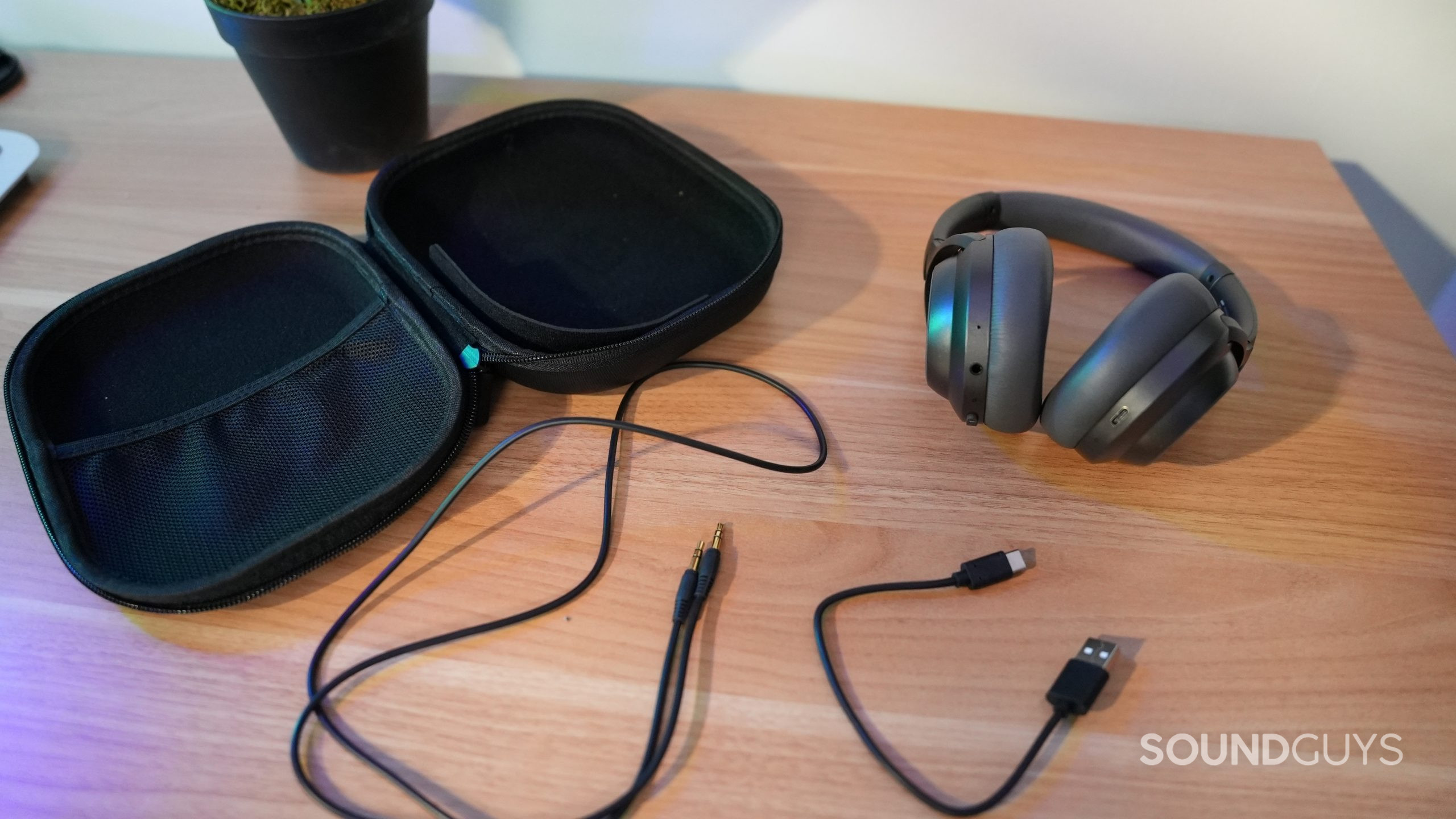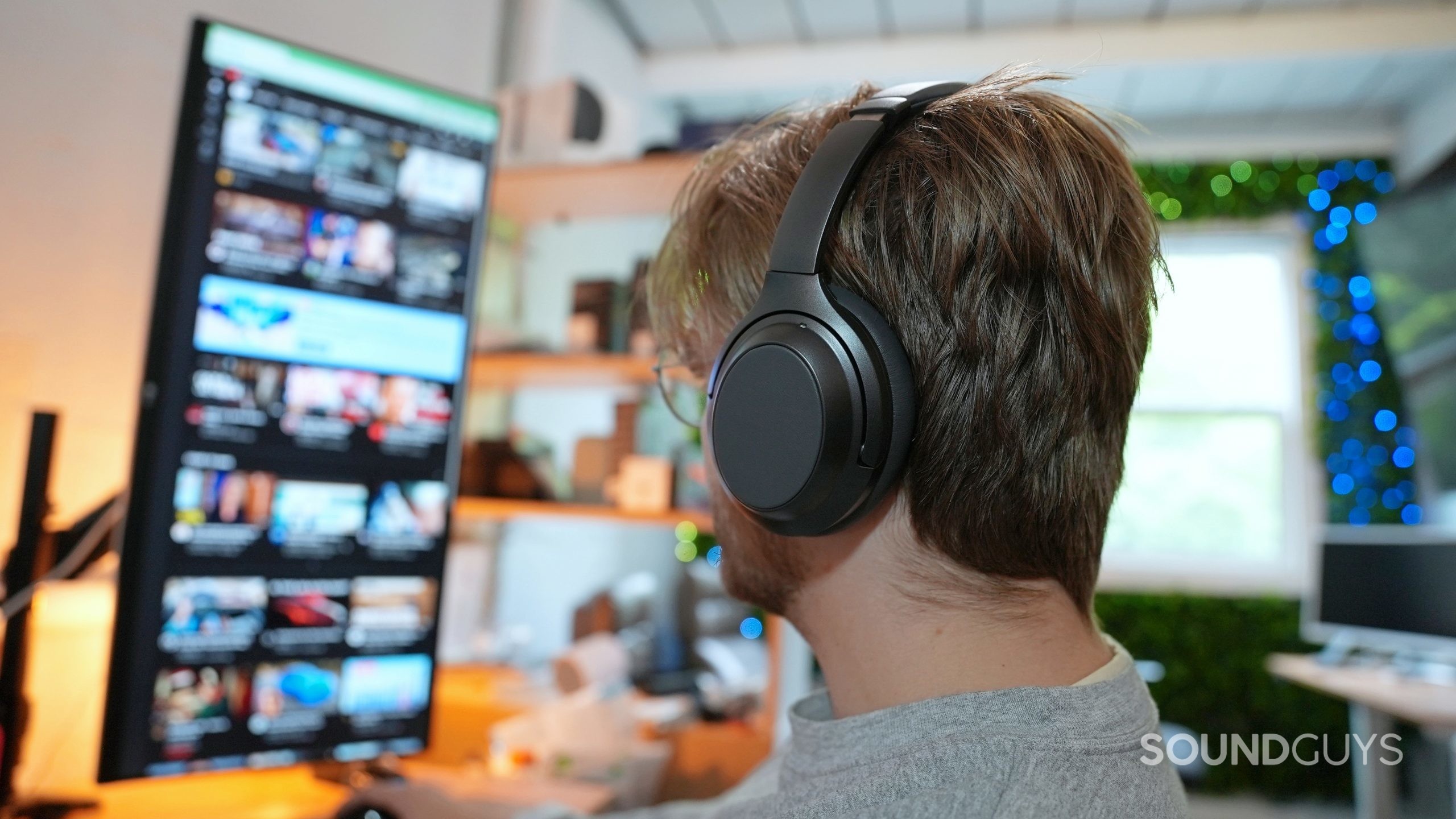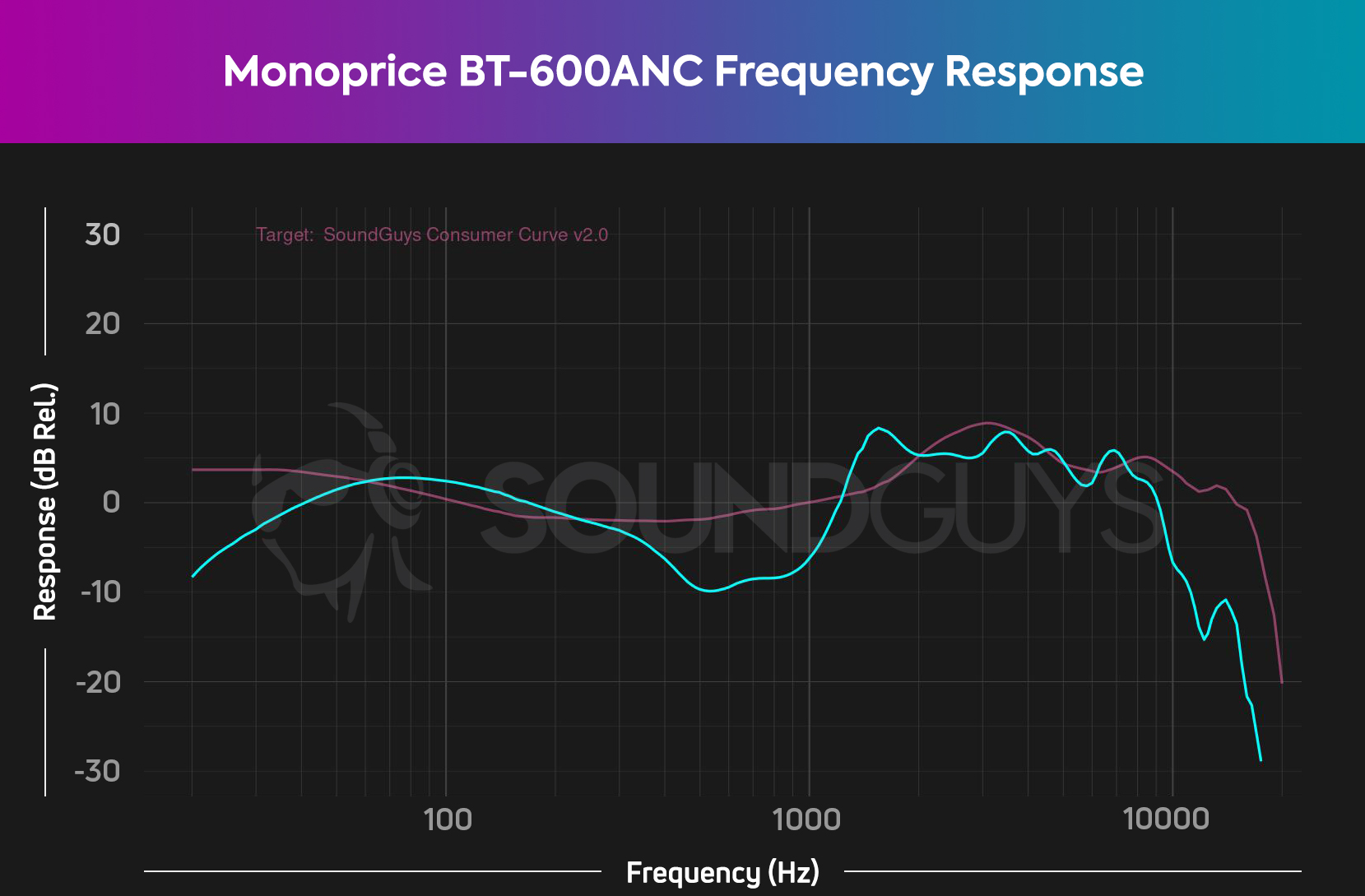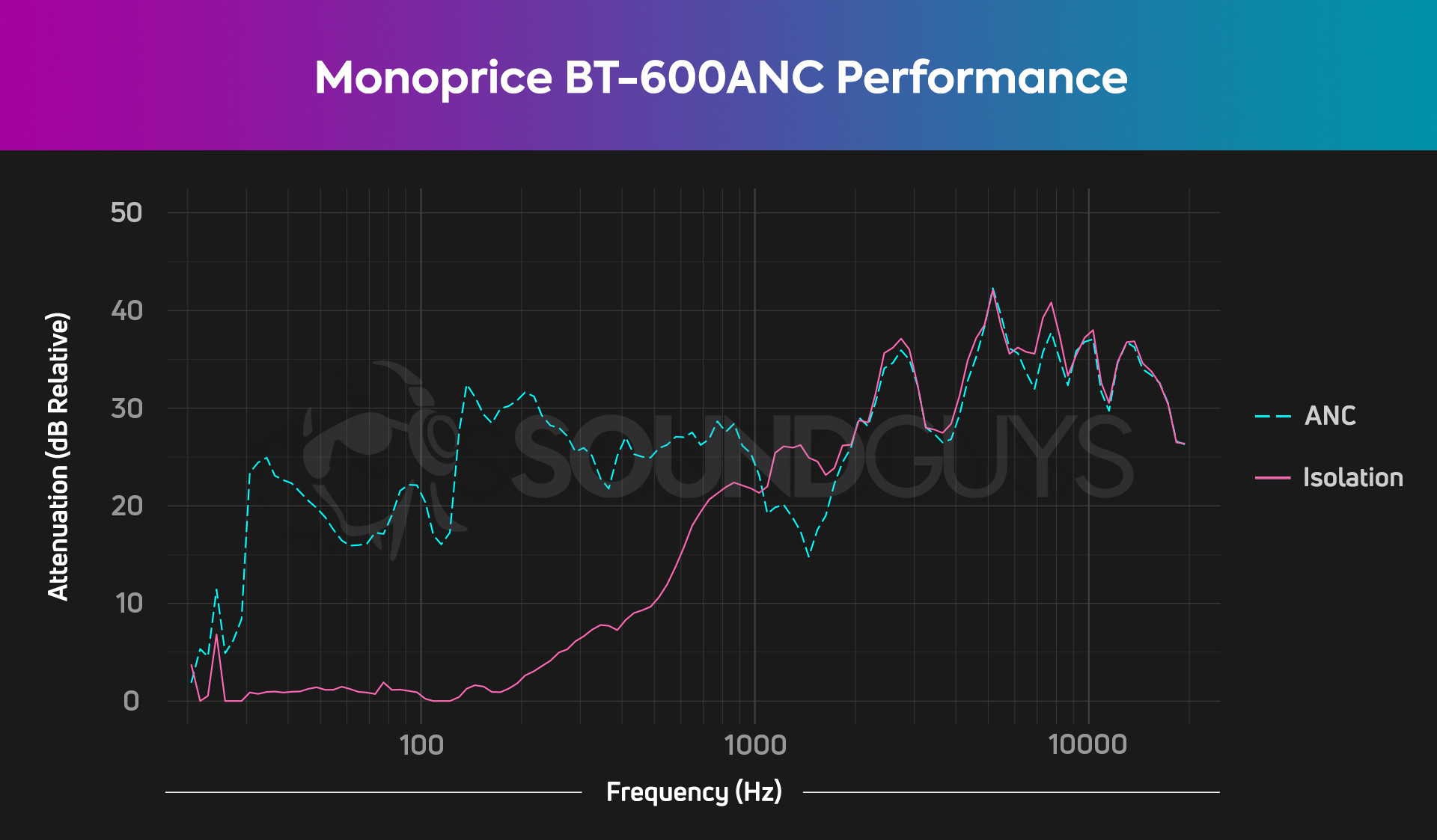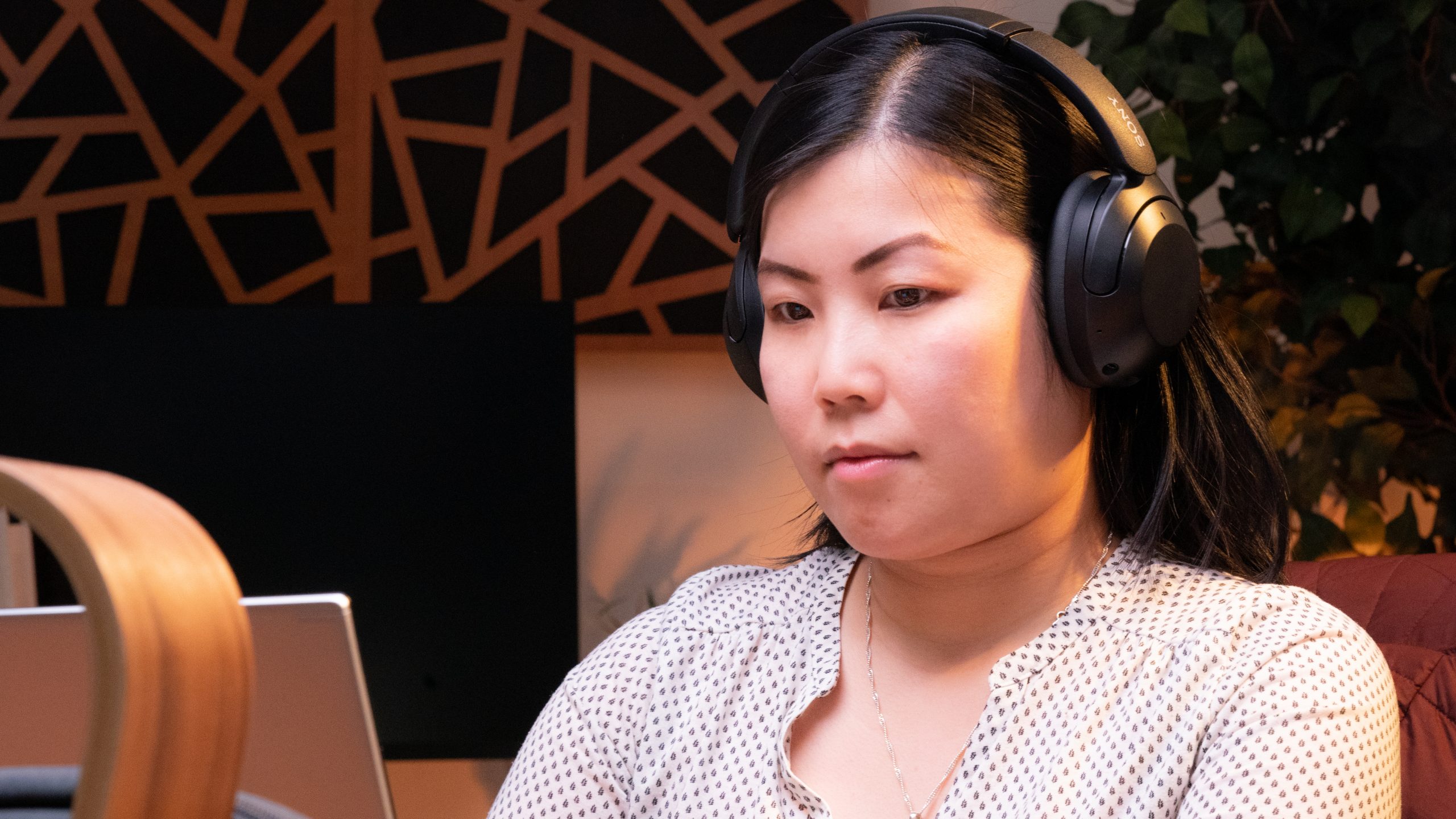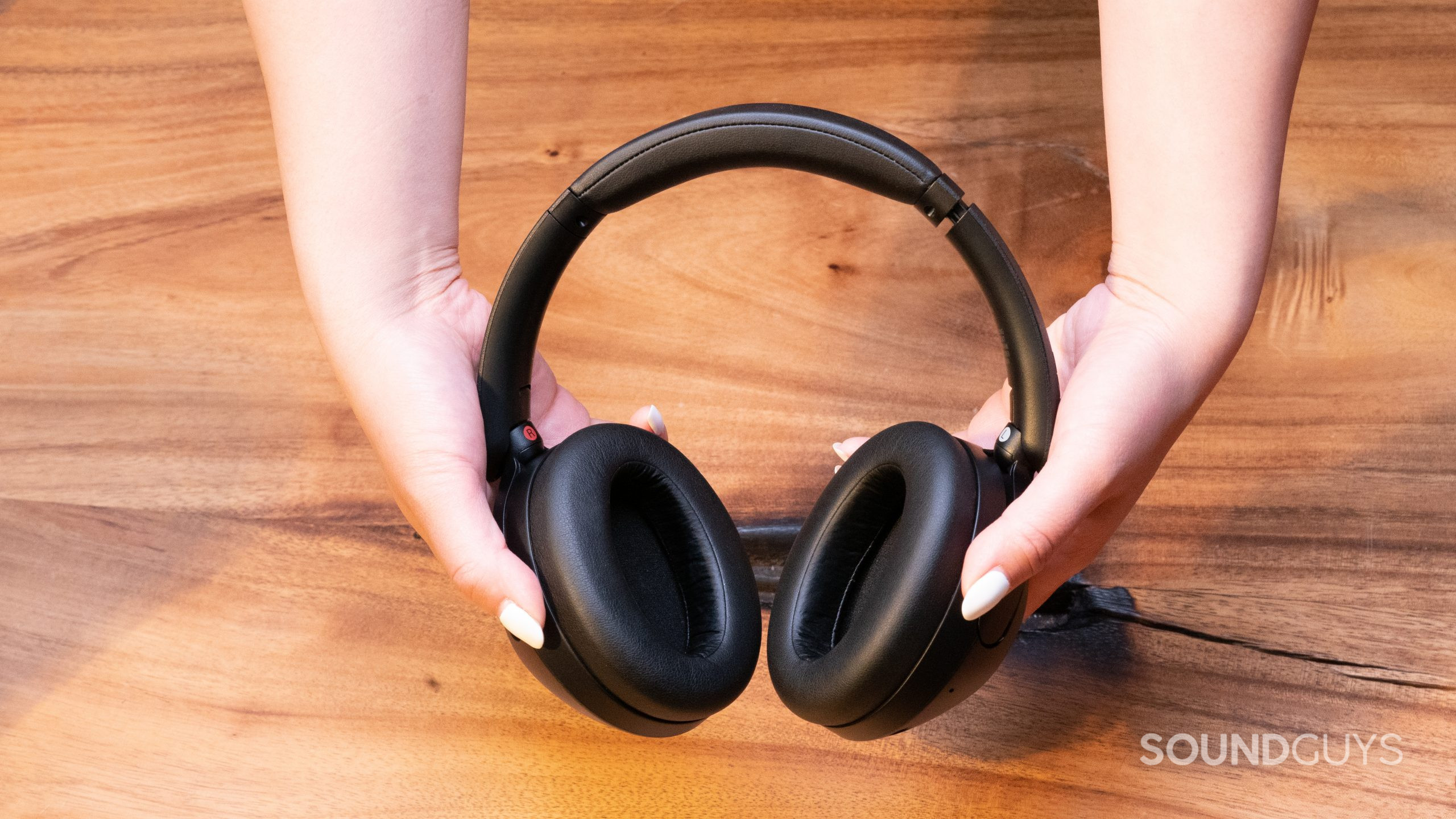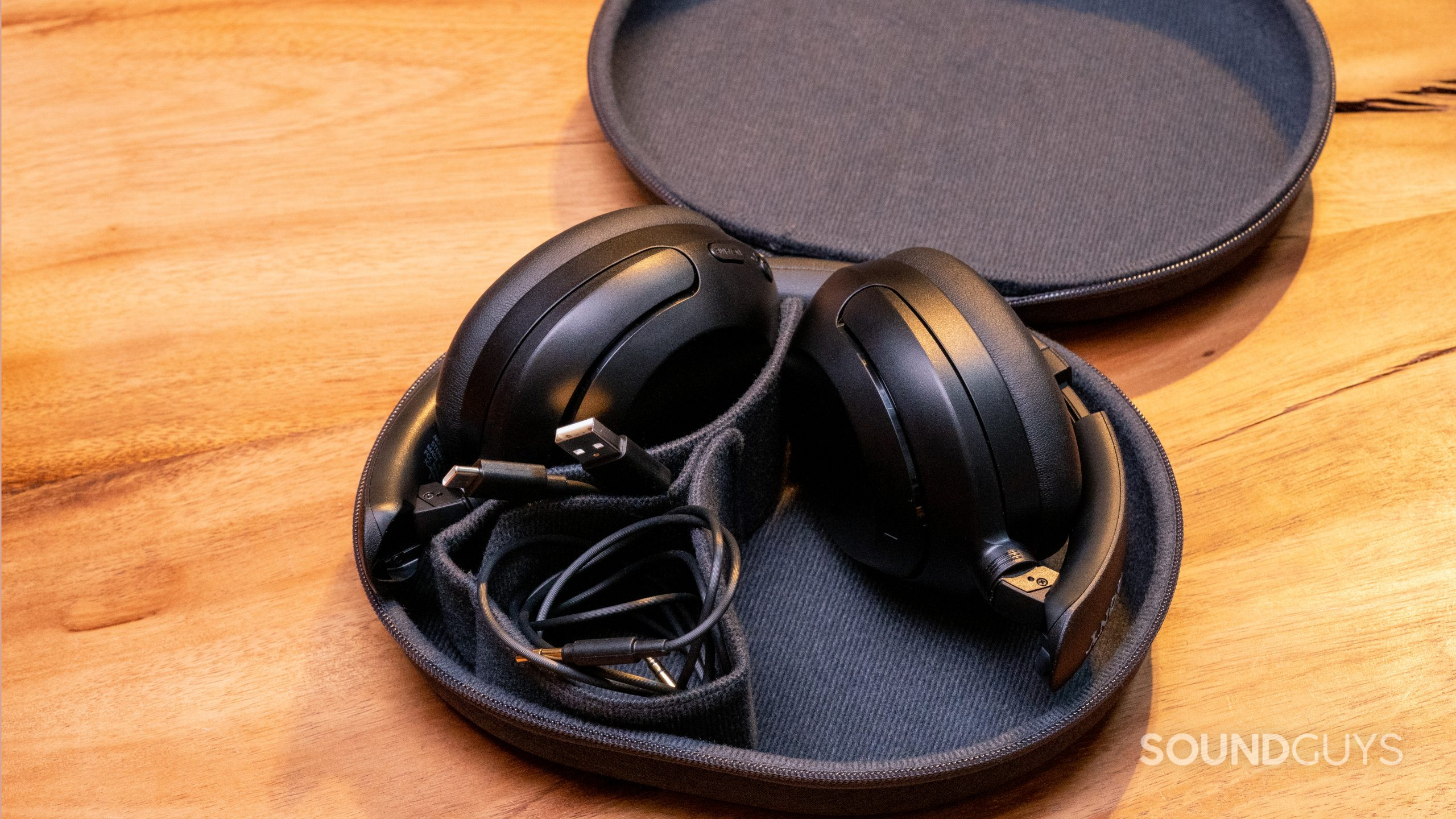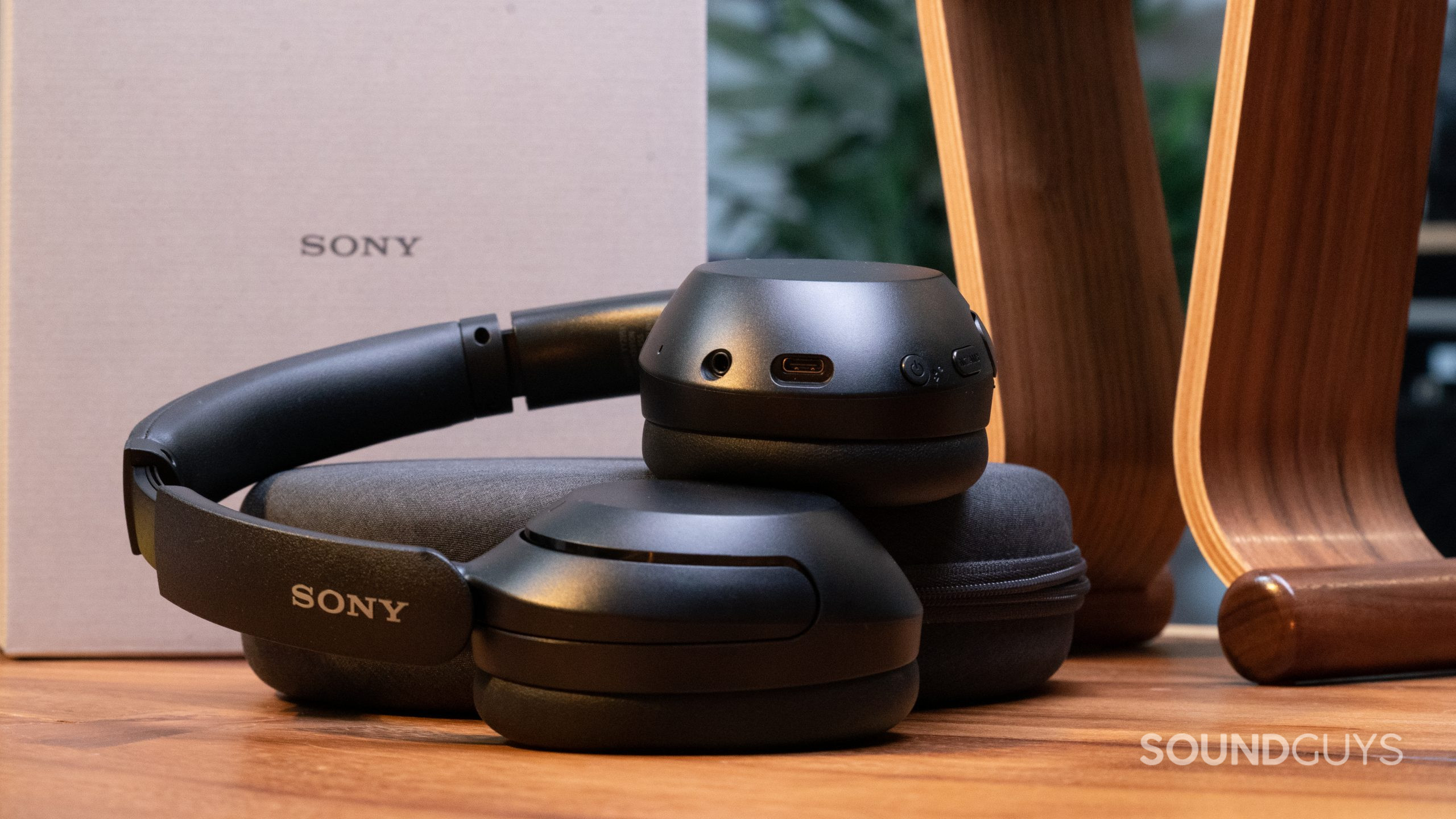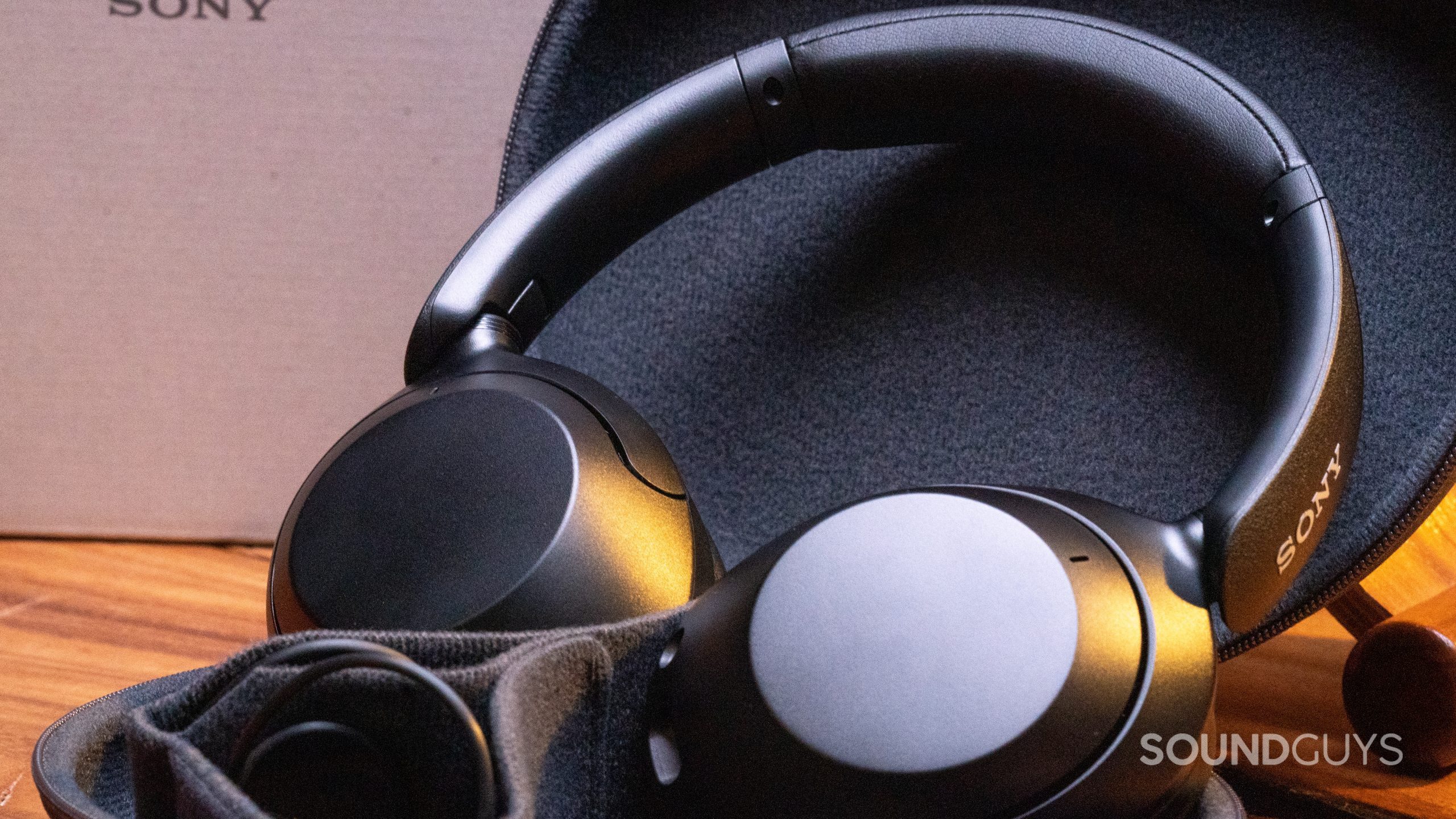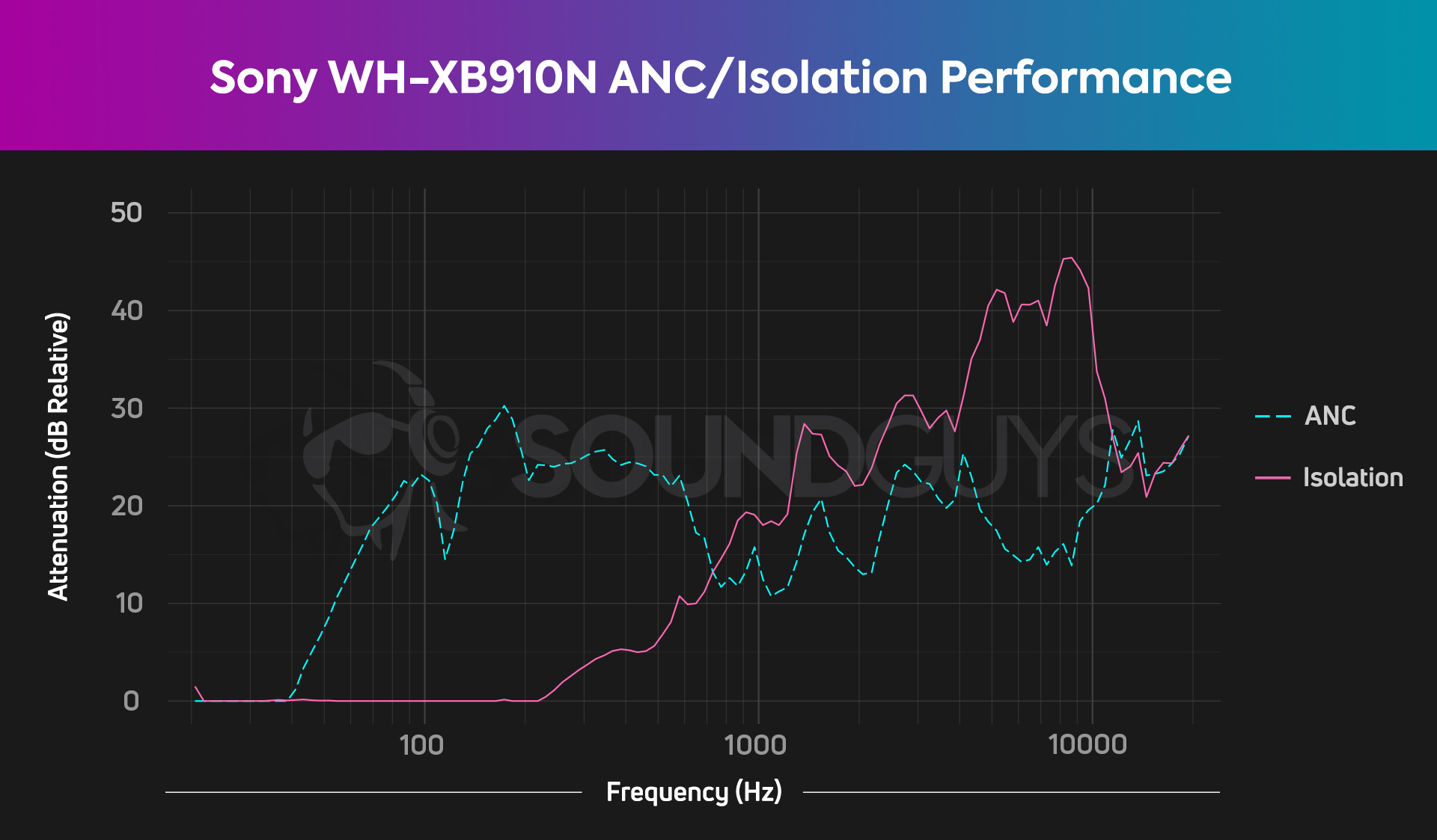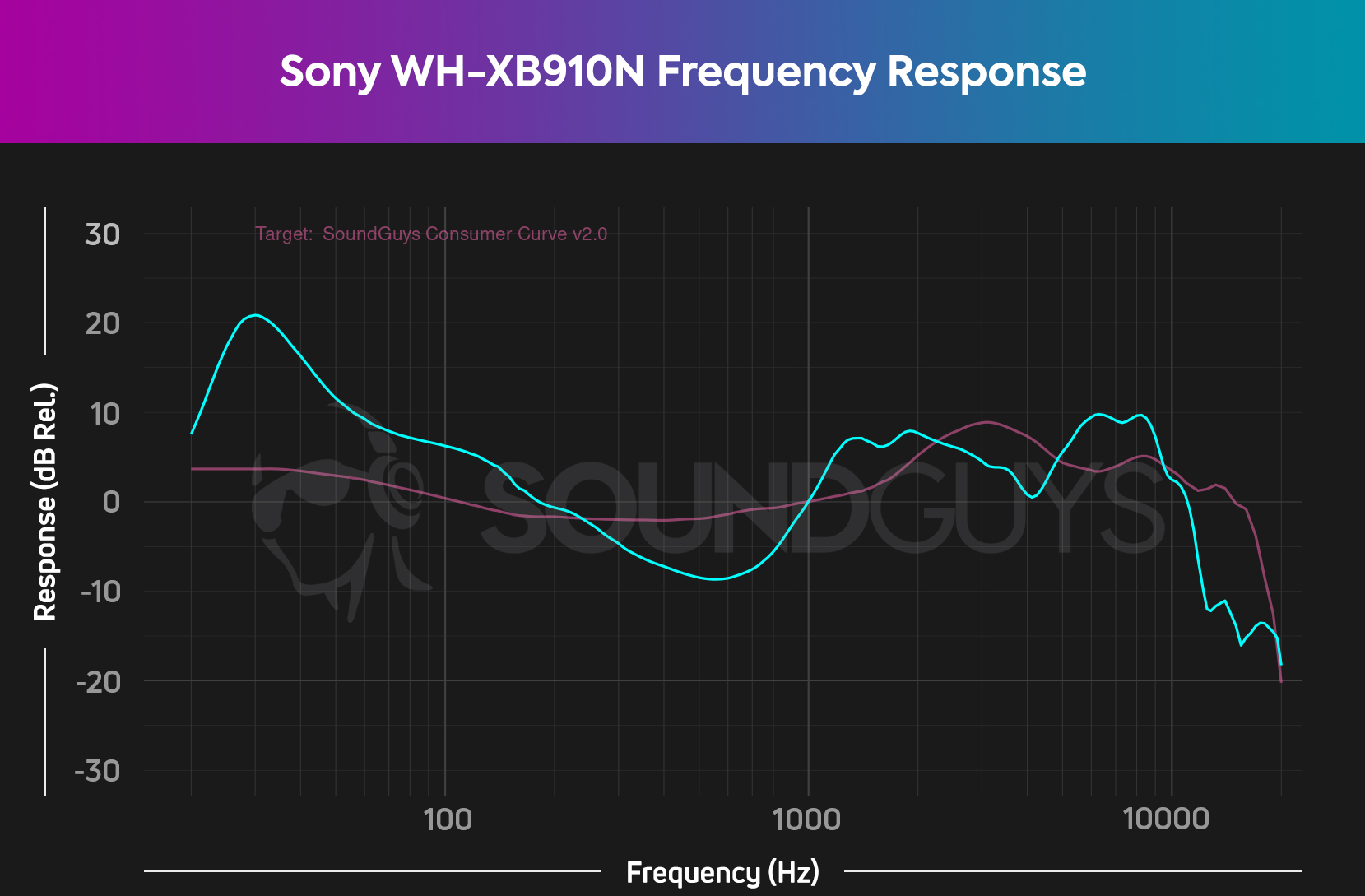Affiliate links on SoundGuys may earn us a commission. Learn more.
Best headphones for bass
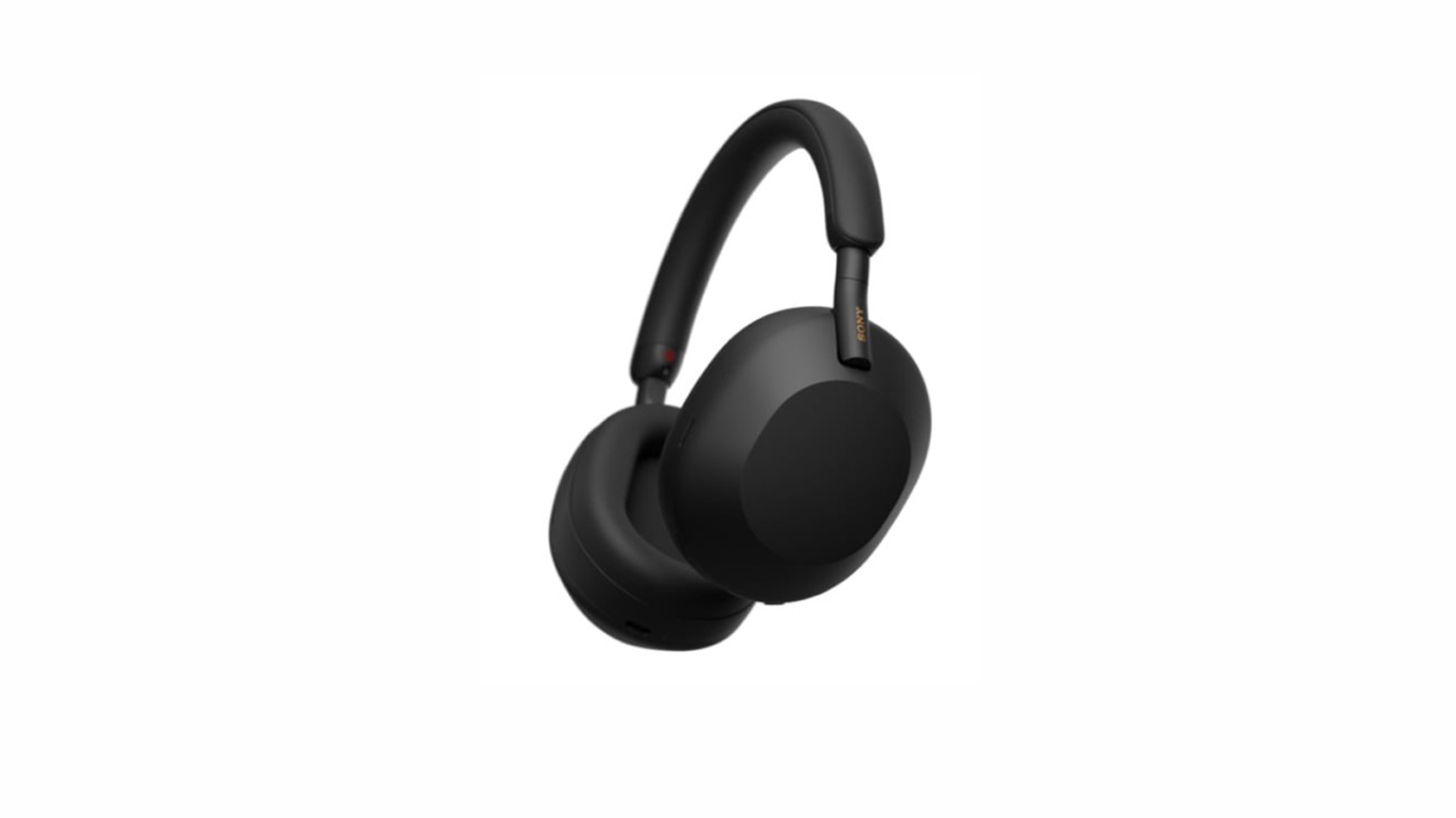
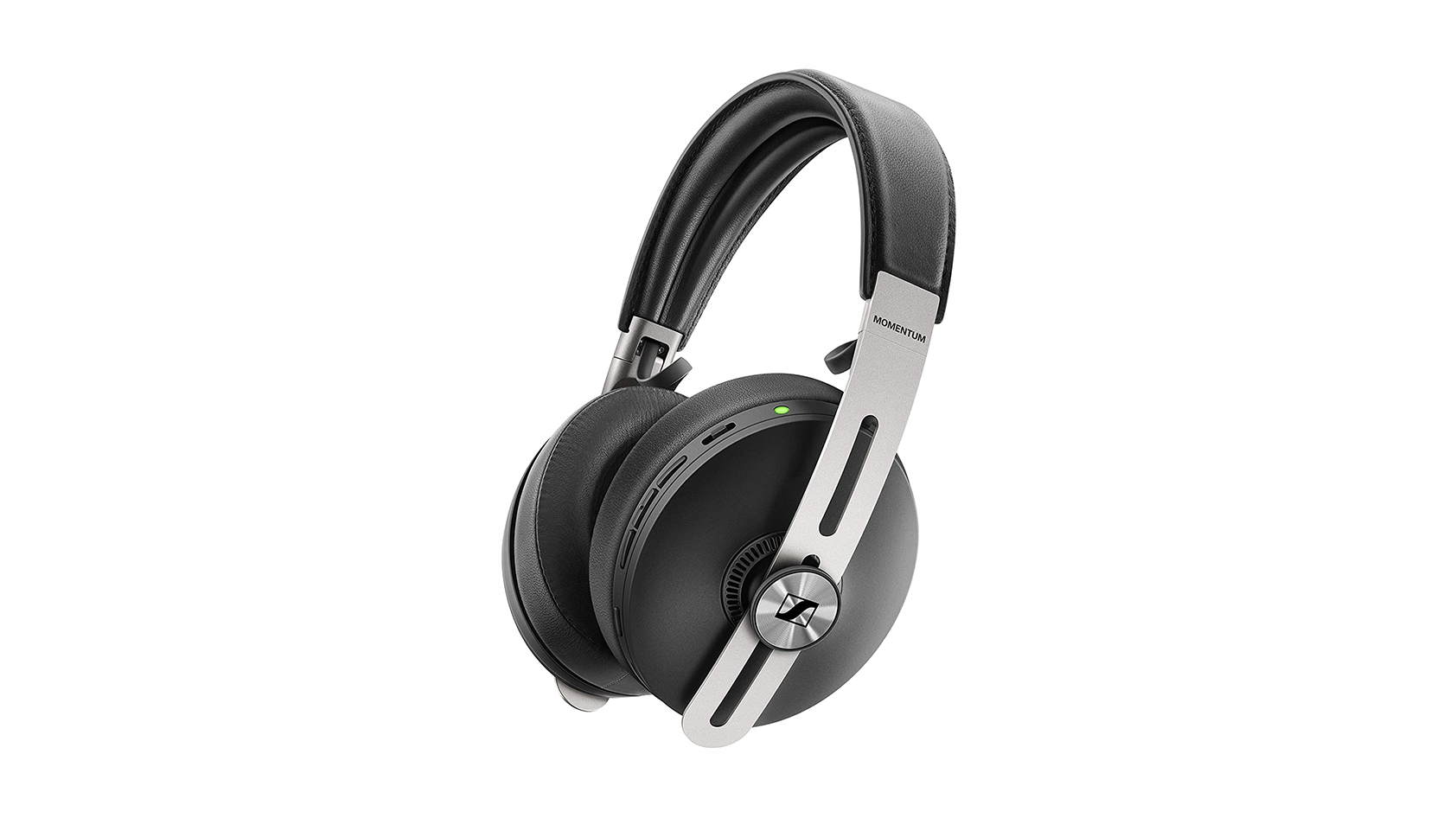
![Skullcandy Crusher Wireless [whitebackground] The Skullcandy Crusher Wireless in black against a white background.](https://www.soundguys.com/wp-content/uploads/2020/11/Skullcandy-Crusher-Wireless-whitebackground.jpg)
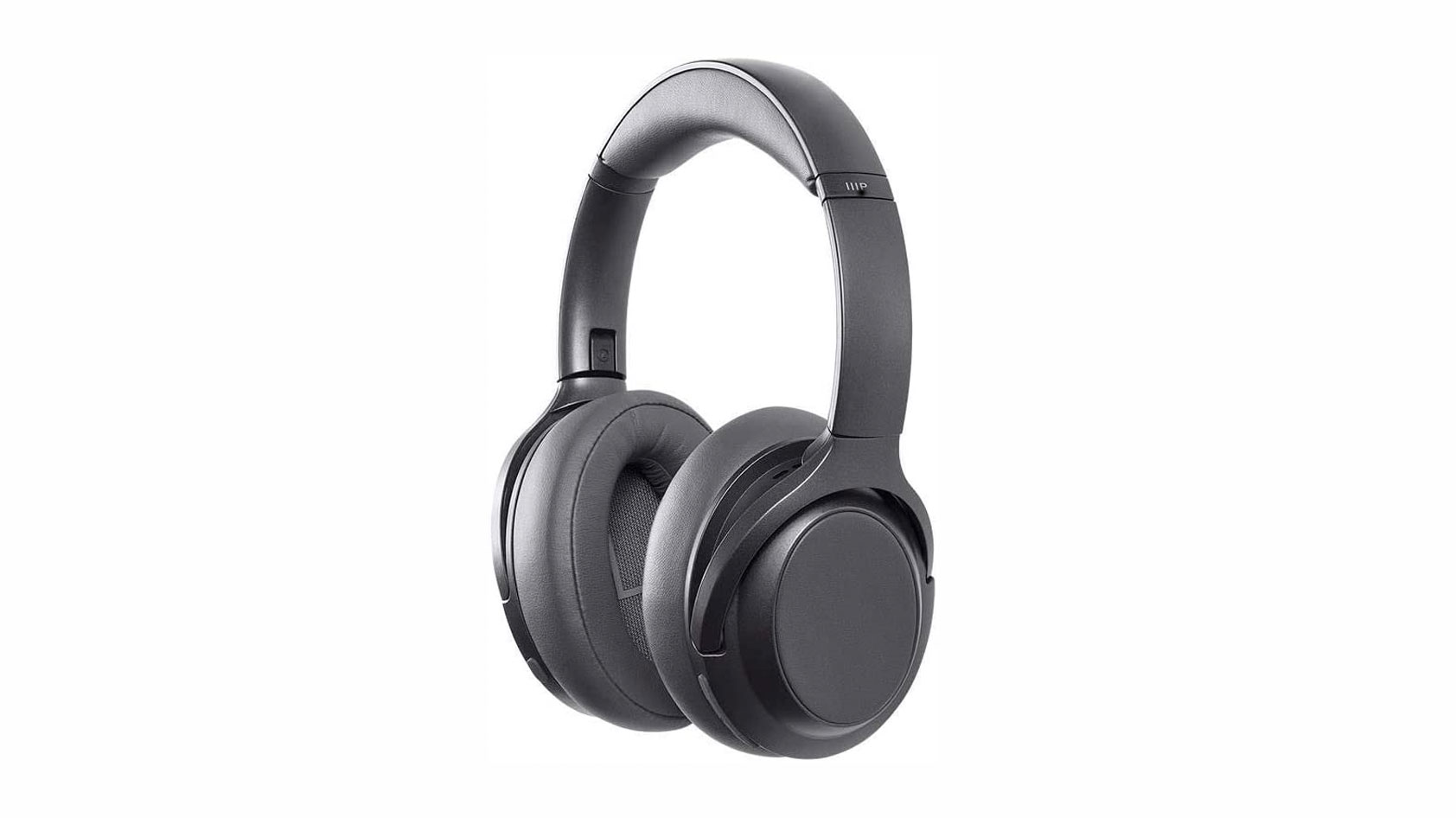
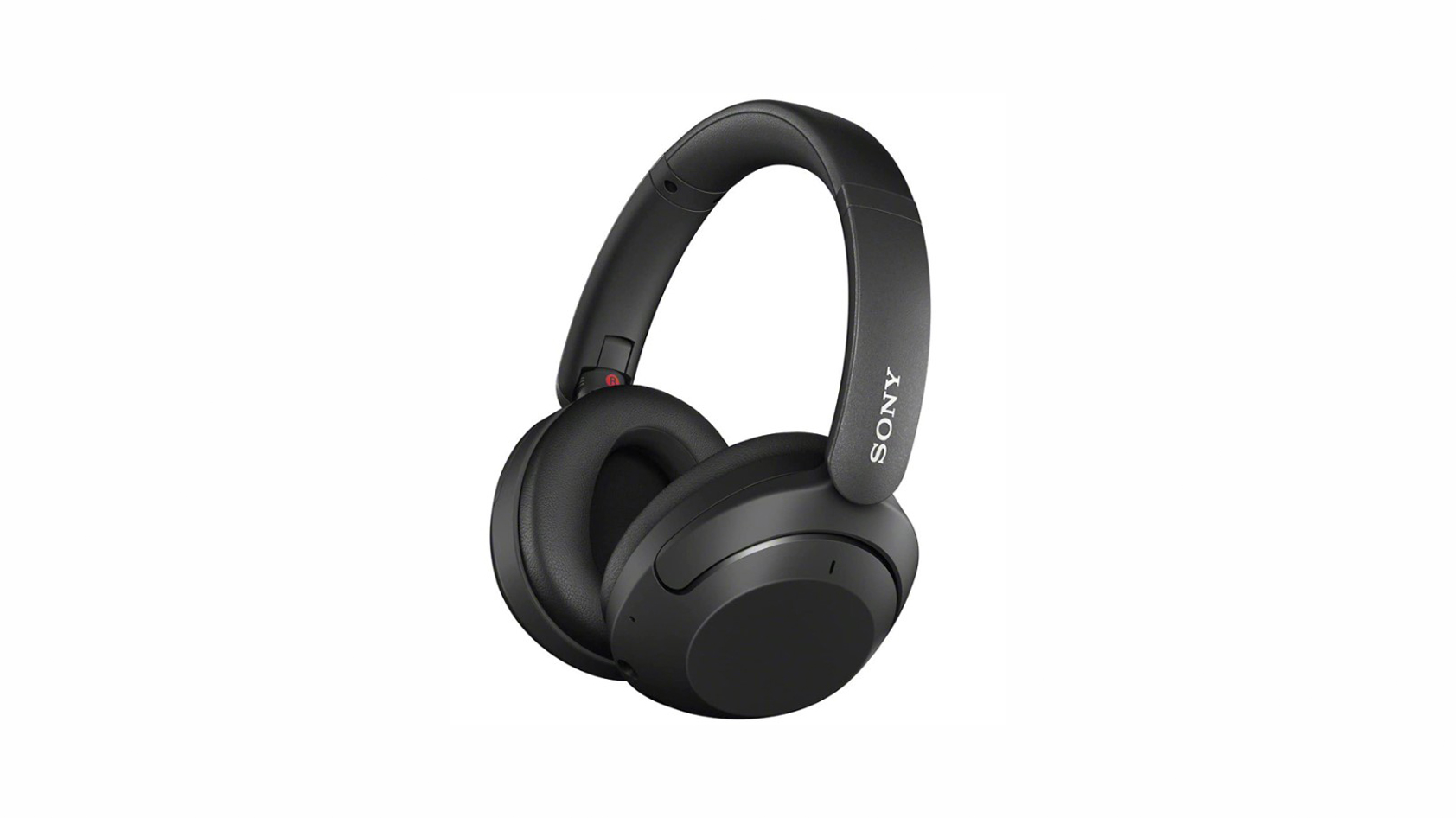
Bass is one of the most divisive aspects of sound. Some people prefer to have headphones and speakers that give their music a little extra power in the low end while others prefer more of a neutral sound. Loving one or the other doesn’t make you any more of a music lover than someone else, but it is crucial to your own personal enjoyment. Sound is a very personal experience and whether you consider yourself an audiophile or a bass head, we hope this list of the best bass headphones will help you out.
If you want a pair of fun headphones and just want to hear that thump from your music, this list of the best bass headphones is for you. We recommend any of these headphones to listeners who don’t care for analytical listening, or who have a separate pair of headphones for such a purpose.
For our top five picks, you can find the isolation and frequency response charts at the end of each image gallery. You can learn more about how to read our charts here.
Editor’s note: This list was updated on May 16, 2023, to remove outdated information.
Why is the Sony WH-1000XM5 the best bass headphones for most listeners?
Sony makes plenty of bass-heavy headsets and even slaps its “XB” moniker onto a whole suite of headsets and speakers, so it may come as a surprise to see the Sony WH-1000XM5 listed as the best headphones for bass for most listeners. We recommend this headset for its tastefully amplified bass response that still lets higher frequencies come through. It’s also a great headset for commuters thanks to its stellar active noise canceling (ANC) that even outperforms the WH-1000XM4.
With Bluetooth 5.2, you can stream over the SBC, AAC, and LDAC Bluetooth codecs, and you can even plug in via the aux cable for lossless playback (no USB-C audio passthrough here). Battery life is very good and is rated for 30 hours with ANC on. You can fast charge the WH-1000XM4 with its included USB-C cable: just three minutes of charge yields 180 minutes of playback.
While there’s a ton to love about the Sony WH-1000XM5 one thing we aren’t in love with is the $399 USD price. If you’re someone who wants a feature-packed headset that’s comfortable for hours-long listening sessions and looks as great as it sounds, Sony’s flagship headset is a great pick.
The microphone system on the WH-1000XM5 is among the best that we’ve tested and it performs admirably in almost all conditions. Whether you’re taking a call from the privacy of your own home or at the office, the headset will relay your voice clearly and with minimal background noise.
Sony WH-1000XM5 microphone demo (Ideal):
Sony WH-1000XM5 microphone demo (Wind):
How does the microphone sound to you?
No, you don’t need to download Sony’s mobile app to get your headset paired to your phone, but you should download it to take advantage of various software features and to access updates.
Whether you use an Android phone or an iPhone, you can use the Sony Headphones Connect app to personalize your listening experience. From the app, you can play with a five-band custom EQ to amplify the bass even more, or choose from a handful of presets depending on the content you’re enjoying. Aside from sound quality, the app also lets you enable Sony 360 Reality Audio for 3D sound from compatible streaming services like Amazon Music and Tidal. You can also toggle things like automatic play/pause and prioritize connection or sound quality.
For a great design, get the Sennheiser MOMENTUM 3 Wireless
Anyone who appreciates a subdued, luxurious design will fall in love with the Sennheiser MOMENTUM 3 Wireless. This headset is not for vegans as it uses a leather headband. Still, the stylish design and beautifully wrapped memory foam ear pads sit comfortably for 90 minutes at a time. This isn’t quite as comfortable as Sony or Bose’s flagship headsets, but it’s the price you pay for style.
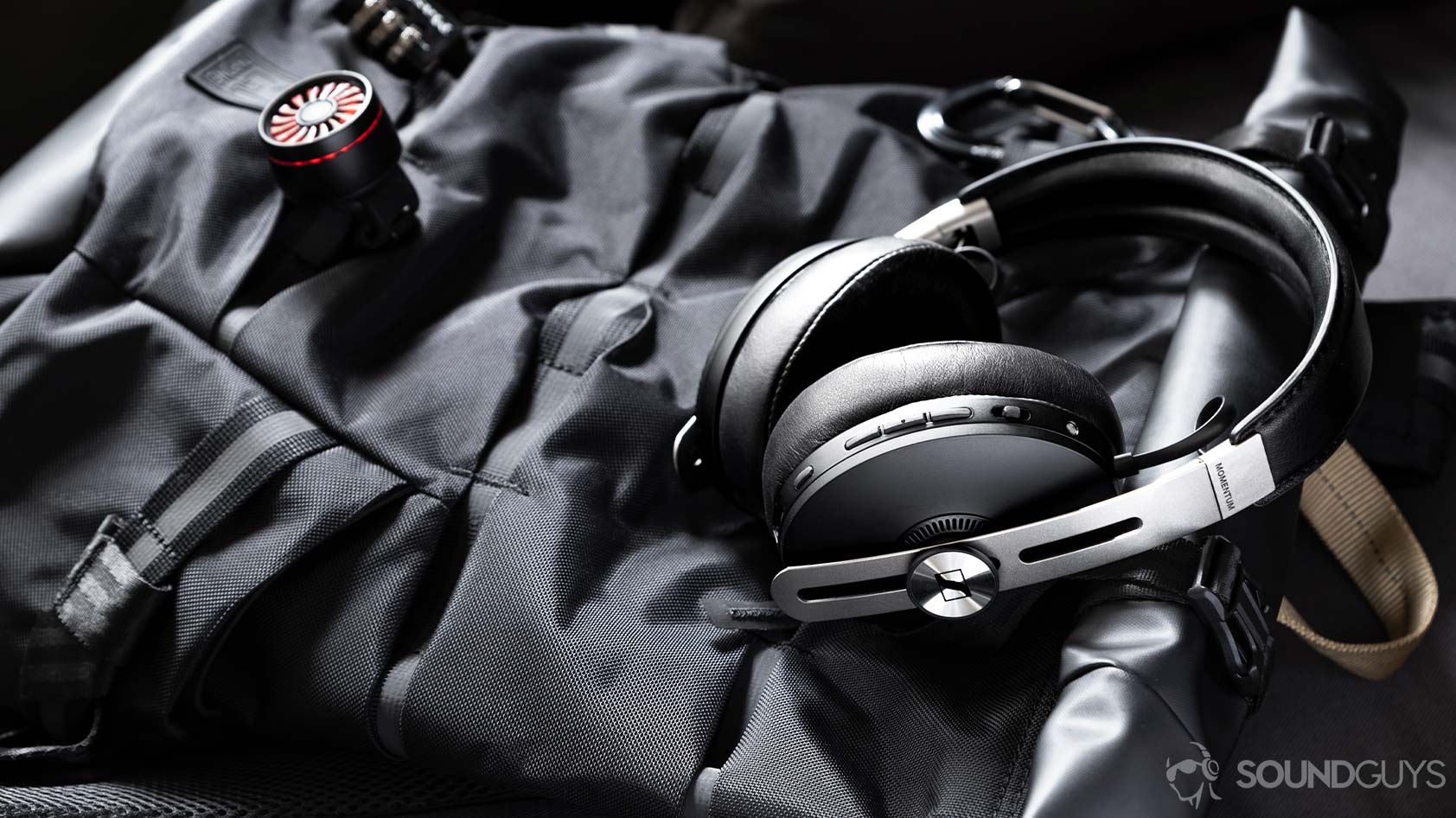
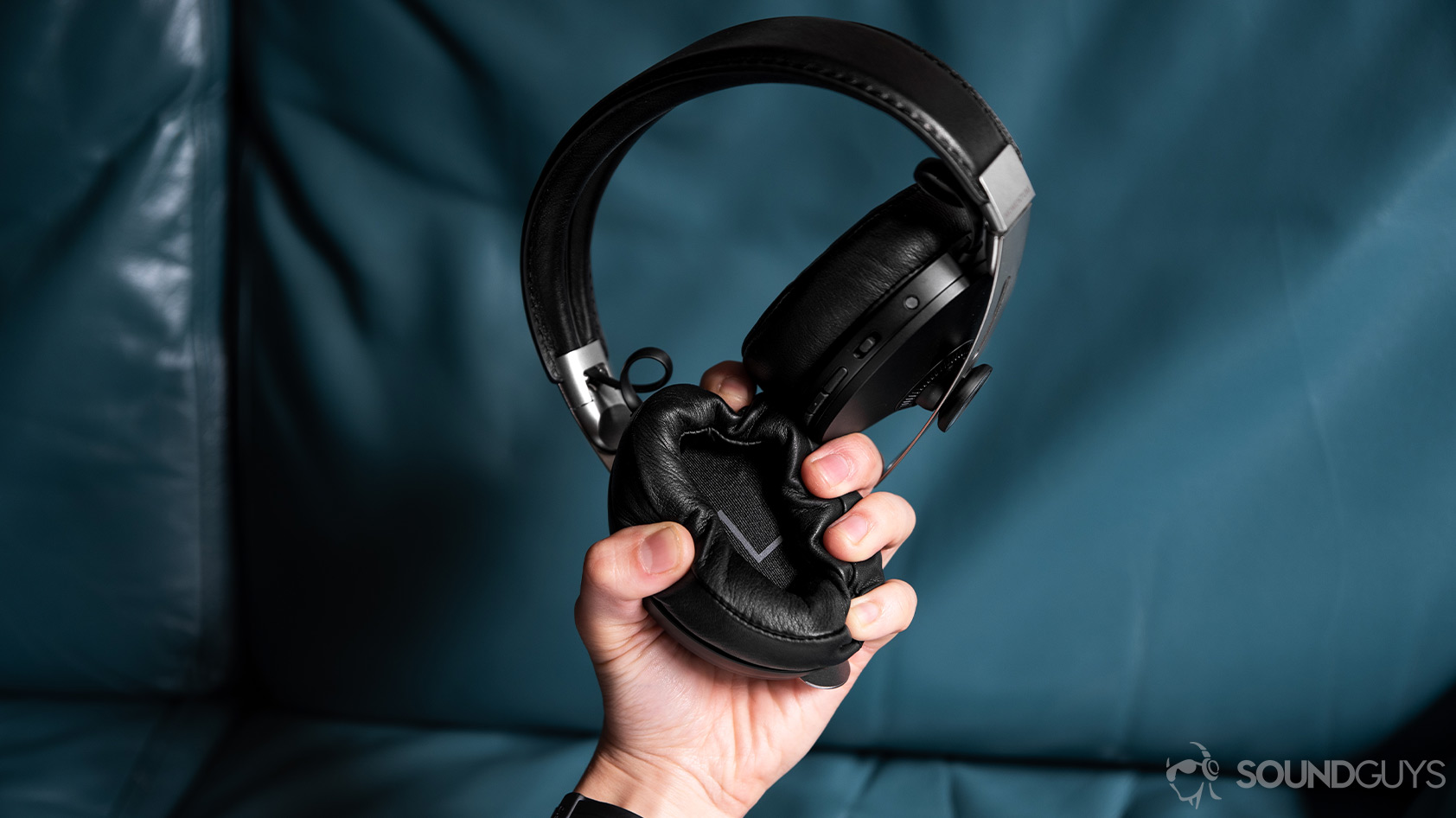
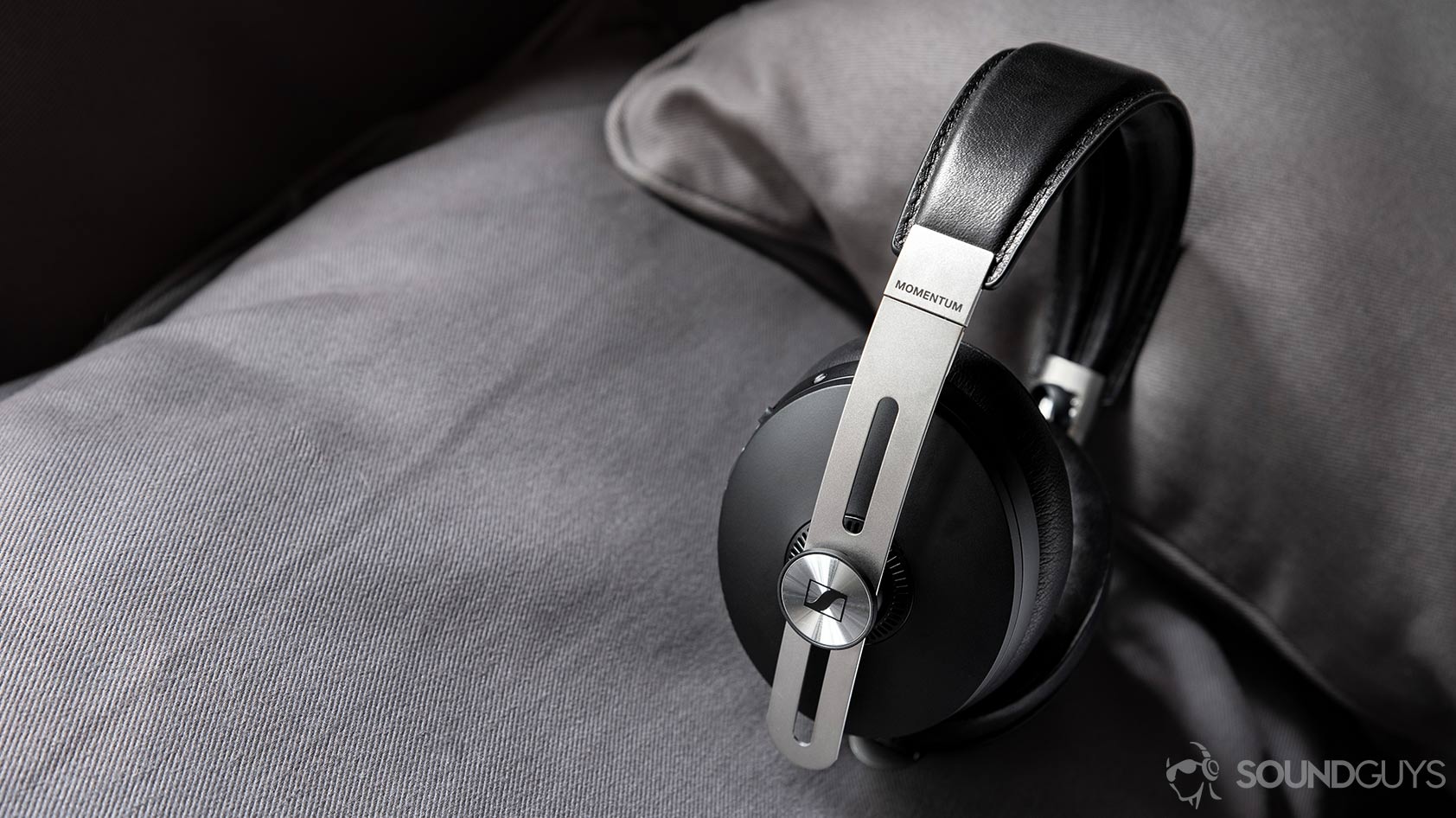
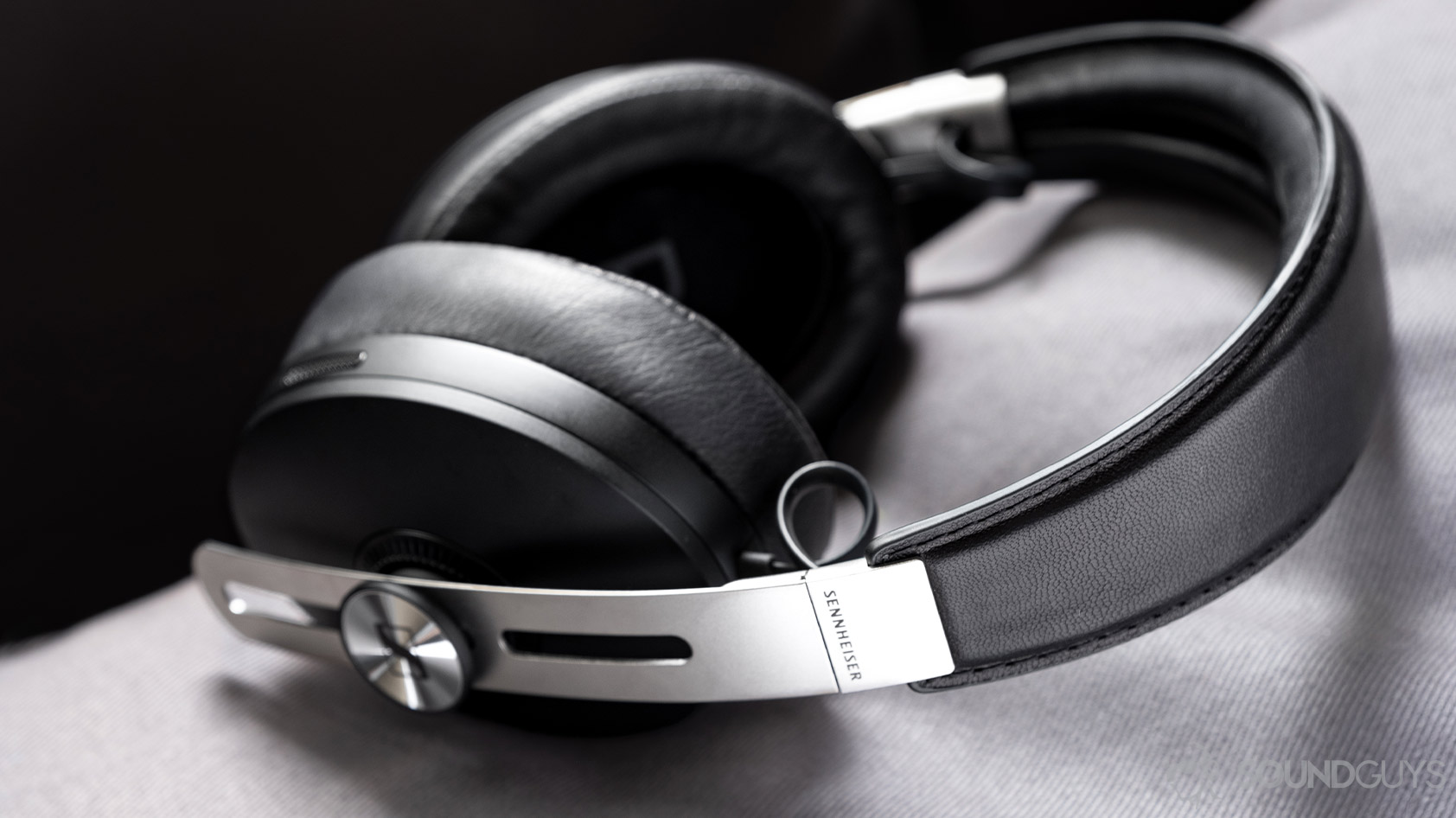
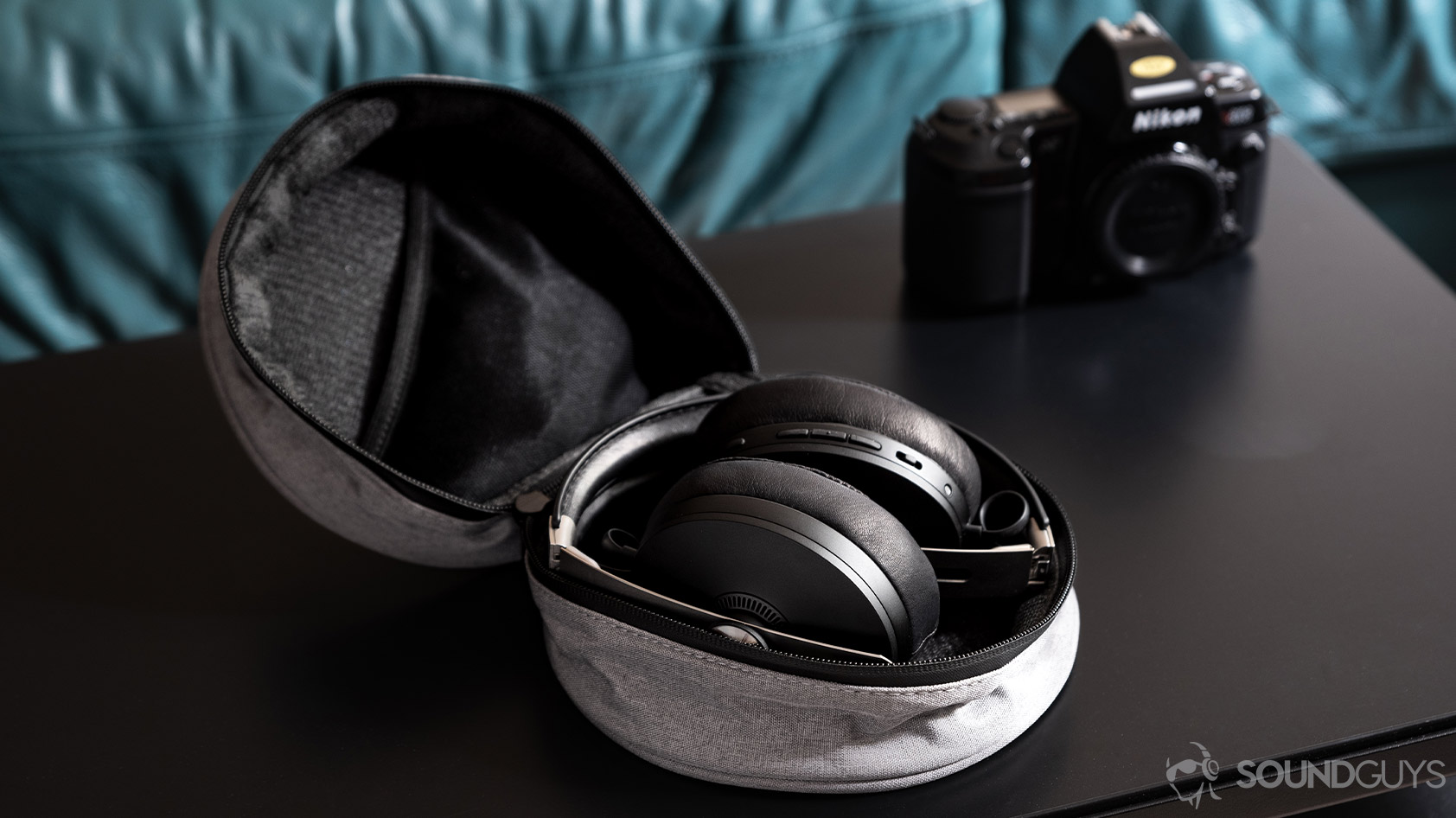
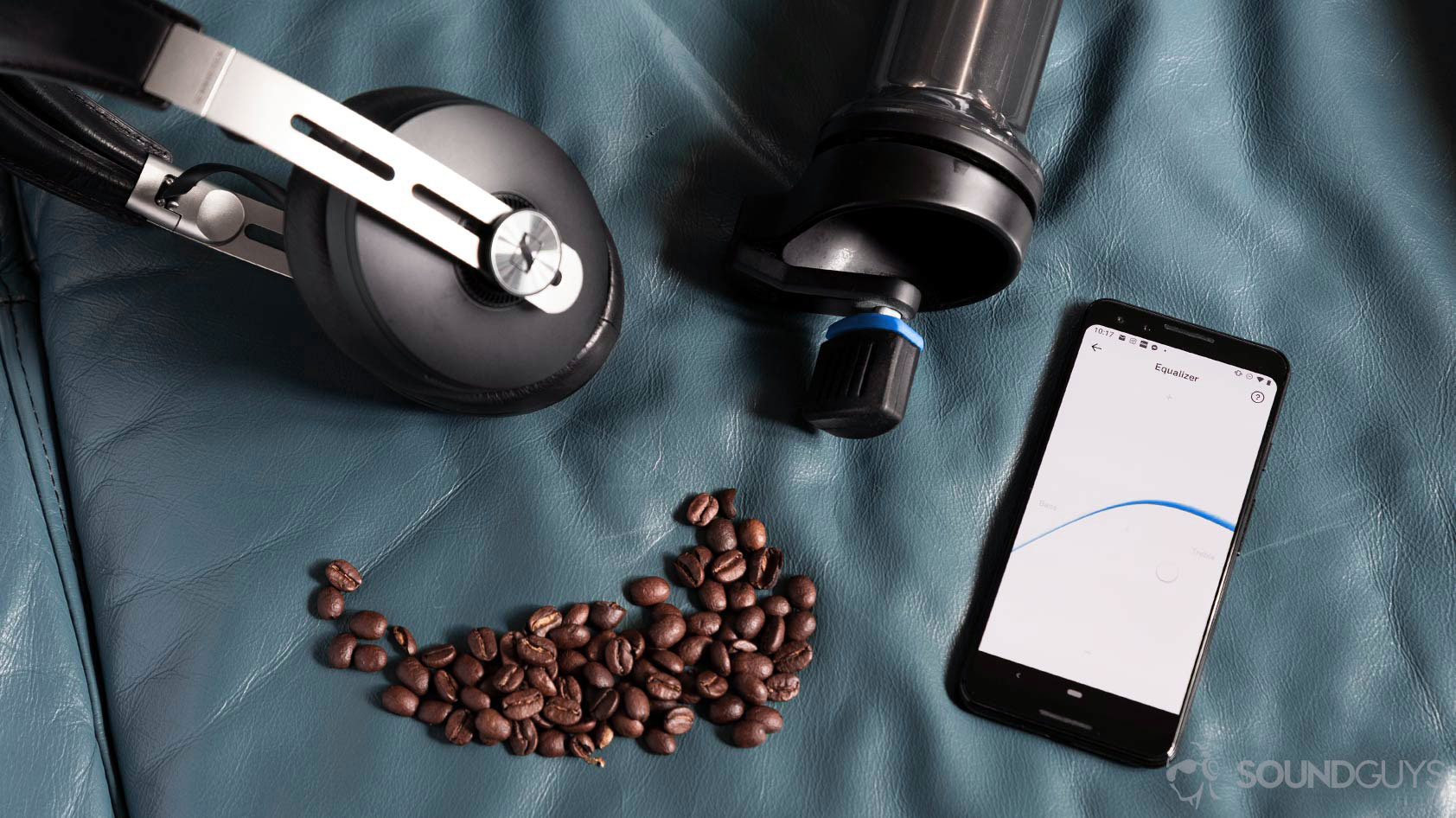
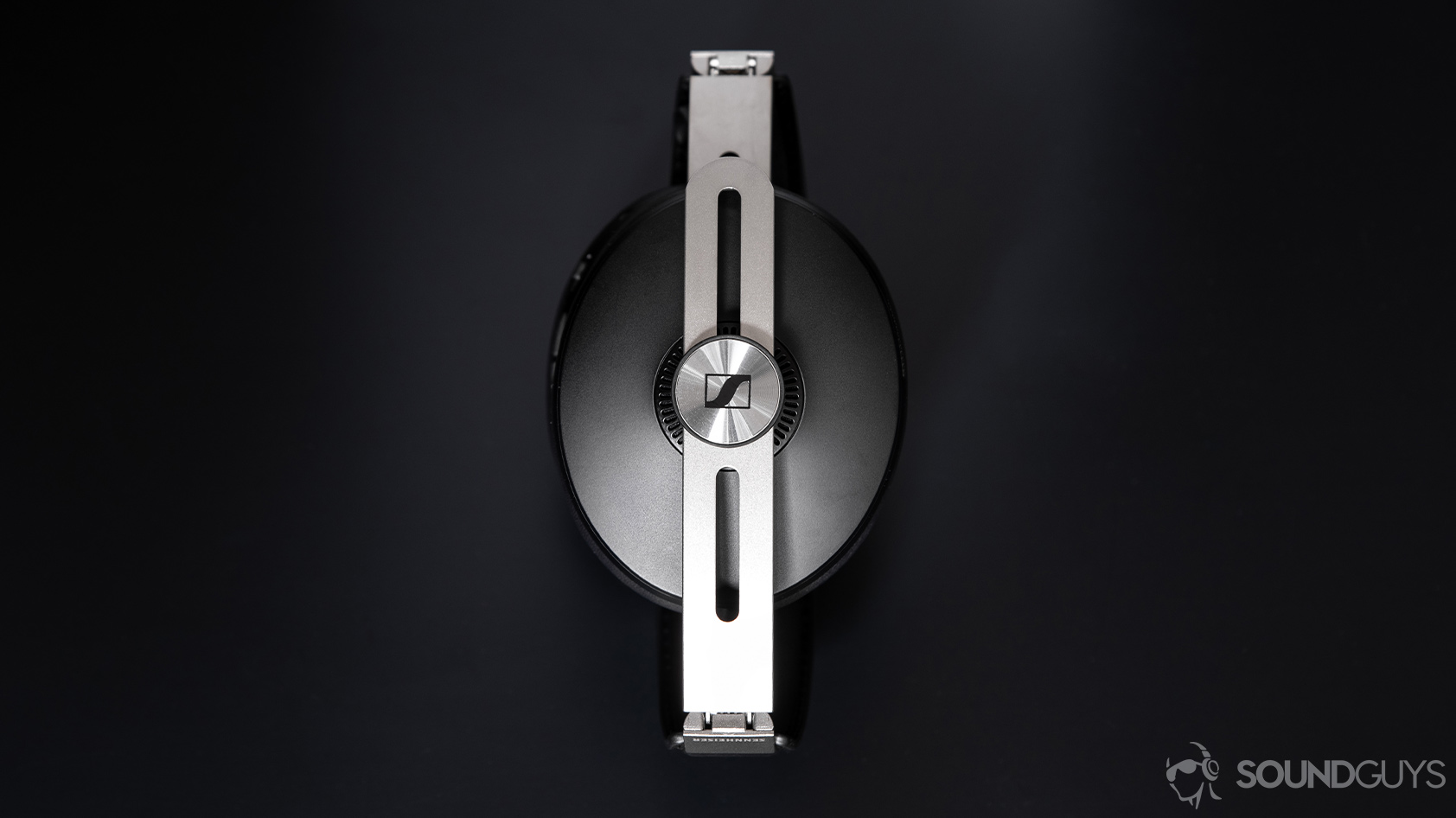
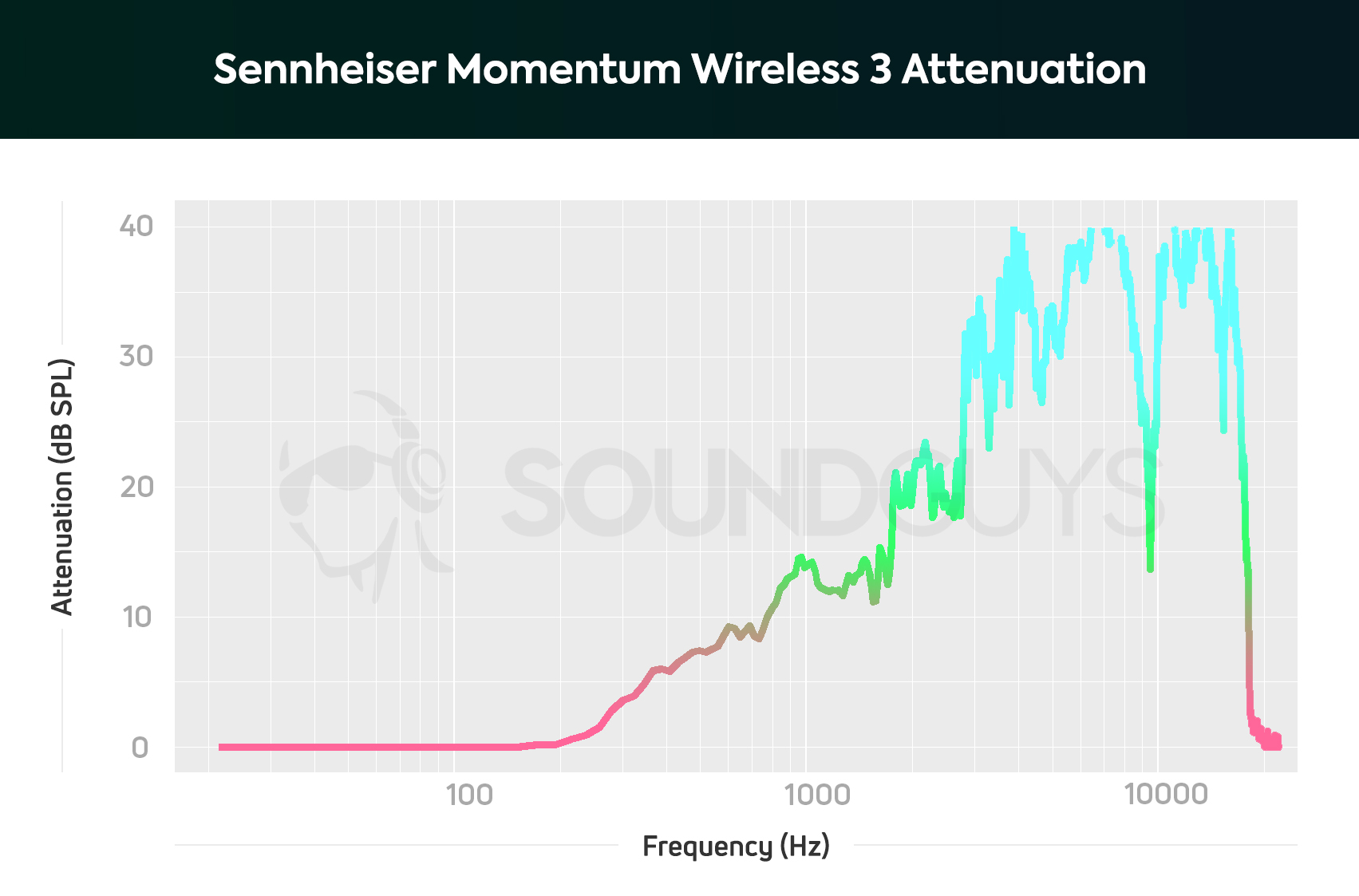
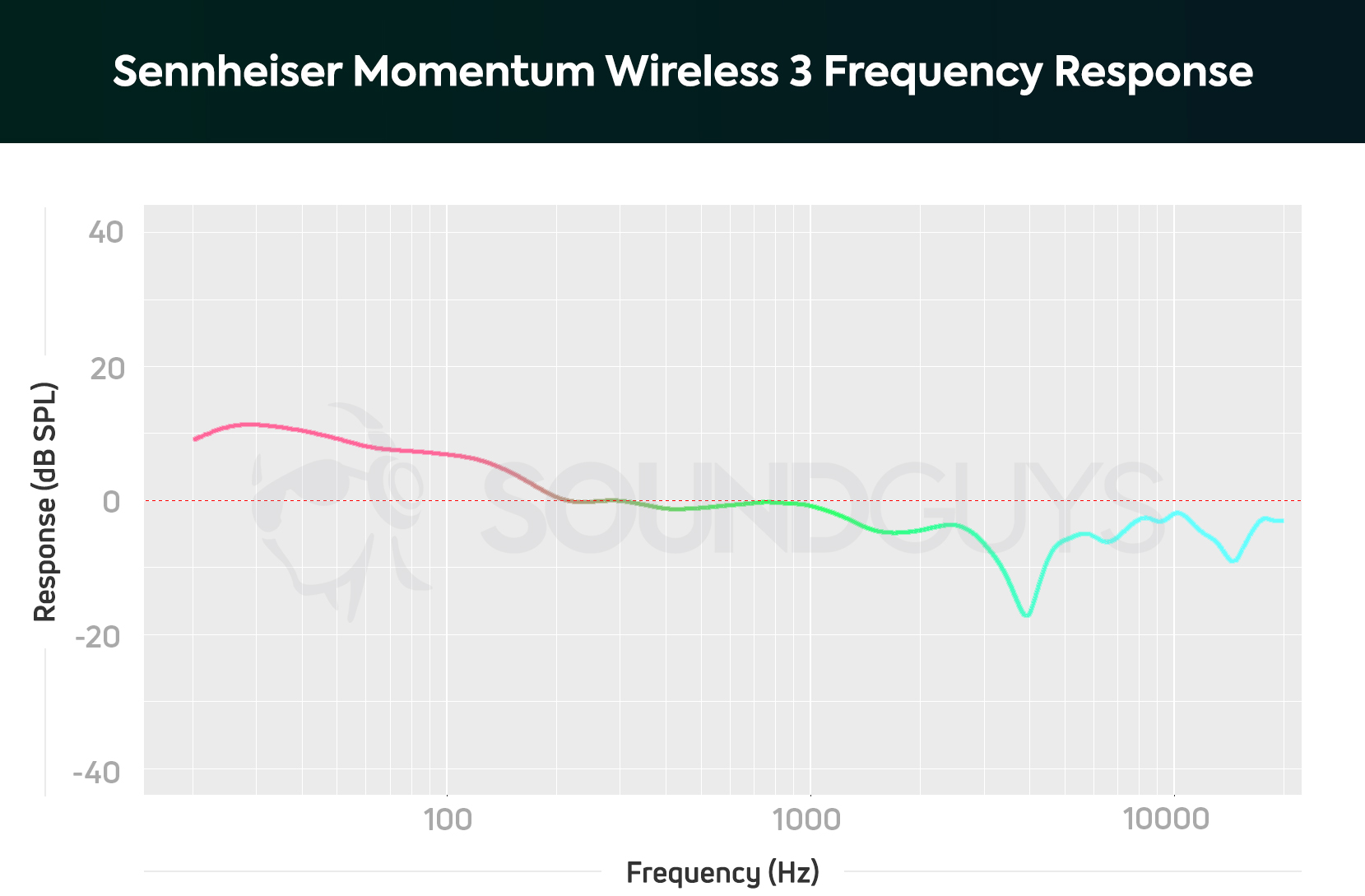
This noise canceling headset has plenty to offer like SBC, AAC, aptX, and aptX Low Latency streaming over Bluetooth 5.0. Sennheiser is no stranger to hi-fi audio, and includes a headphone jack for those who want to fully dive into their FLAC file library. Bass notes sound twice as loud as mids, making them the loudest part of any mix with this headset.
Sennheiser’s noise canceling performance won’t blow you away with the MOMENTUM 3 Wireless but it’s better than nothing at all. Still, it’s important to know that the bulk of your money goes towards design and sound quality here, rather than advanced features or durability ratings. If you don’t mind the middling battery performance, and value premium build quality above all else, you’ll like all that the Sennheiser MOMENTUM 3 Wireless brings to the table.
Yes, you can adjust the EQ from the Sennheiser Smart Control app (iOS and Android), and handily, the app also supports Tile tracking in case you misplace the headphones. The app isn’t quite as stable as others but you can toggle between three ANC modes (anti-pressure, anti-wind, and maximum). You may also disable ANC completely and use this headset as a standard pair of wireless headphones, which isn’t always the case.
Who should get the Skullcandy Crusher Wireless?
The Skullcandy Crusher Wireless is for listeners who want insanely long battery life out of their headsets. With the Crusher Wireless, you’ll get around 57 hours of playback (measured with the bass slider on the lowest setting and with music playing constantly and peaking at 75dB SPL). This is a great option for listeners who don’t want to top up a headset every night, or who want to extend the life of their headset’s Li-ion batteries. While the microUSB charging really shows the headset’s 2016 release date, it still holds up today. At least it has fast charging whereby 10 minutes of charge provides 180 minutes of playtime.
What really makes the Crusher Wireless stand out from the rest of the pack is its bass response slider on the left headphone. You can move this slider up or down to increase or decrease the bass response accordingly. When the bass slider is decreased all the way, the Crusher Wireless has a pretty typical frequency response with slightly amplified bass notes that are louder than the low-mids. We like the flexibility of the bass slider, and that you don’t need to download an app to use it. At just $99 USD, you can enjoy a bass-heavy sound, solid battery life, and a portable build. If you want something pocketable, get the Skullcandy Push Active.
Is the Monoprice BT-600ANC any good?
Yes, the Monorpice BT-600ANC is an excellent headset, specifically for the price of $99 USD (often just $69 USD). With this headset, you get great active noise canceling, a compactable design, and Bluetooth 5.0 with aptX, AAC, and SBC support. While the frequency response is a bit wonky, what with the bass notes sounding more than twice as loud as the mids, it’s just what we’re looking for in this best list.
The active noise canceling isn’t something to gloss over here, as low-frequency sounds are rendered anywhere from one-quarter to one-eighth their original loudness. To put it in perspective, this rivals the Sony WH-1000XM4, Bose QuietComfort 45, Bose QuietComfort 35 II, and even the Apple AirPods Max for a mere fraction of the cost.
The Monoprice BT-600ANC lasts for just over 36 hours and recharges with the included USB-C cable. With the affordable price, Monoprice cut some corners, so the BT-600ANC lacks quick charging. Still, you can plug in via the 3.5mm headphone jack for wired playback if the battery dies unexpectedly.
The microphone is all right for daily use. Listen below!
Monoprice BT-600ANC microphone demo (Non-standardized):
How does the microphone sound to you?
For the loudest bass, get the Sony WH-XB910N
It’s in the name somewhere, right, the “XB” in the Sony WH-XB910N stands for “Extra Bass.” Anyone who just wants the loudest bass output possible, the XB910N is a great pick. Not only do you get an insanely loud bass response, but you also get the option to easily change the sound thanks to Sony’s in-app equalizer. You can either create your own EQ or choose from a few presets. Within the app, you also get access to 360 Reality Audio optimization and Adaptive Sound, which automatically adjusts the volume of certain frequencies depending on environmental noise.
The headphones use Bluetooth 5.2 to connect to your device, and you can choose between three codecs: SBC, AAC, and Sony’s LDAC. Whether you own an iPhone or an Android phone, you’ll be able to listen to high-quality reliable audio through the XB910N headphones. If the battery dies, you can just plug in with a 3.5mm cable and get back to listening. Speaking of batteries, the XB910N lasts just over 37 hours and supports fast charging. Just 10 minutes of USB-C charging will supply four and a half hours of playtime.
Noise canceling is very good here and similar to that of the older Sony WH-1000XM3, which was very good upon its debut. When you properly fit these bassy headphones, you’ll notice that low frequencies sound one-quarter to one-eighth as loud as they would without the headphones. For $249 USD, you’re getting a feature-packed, bass-heavy headset.
The microphone is serviceable but isn’t the best we’ve heard from Sony. You’ll sound a bit “dull” or “muffled.”
Sony WH-XB910N microphone demo (Ideal):
Sony WH-XB910N microphone demo (Street):
Sony WH-XB910N microphone demo (Wind):
How does the microphone sound to you?
The best headphones for bass: Notable mentions
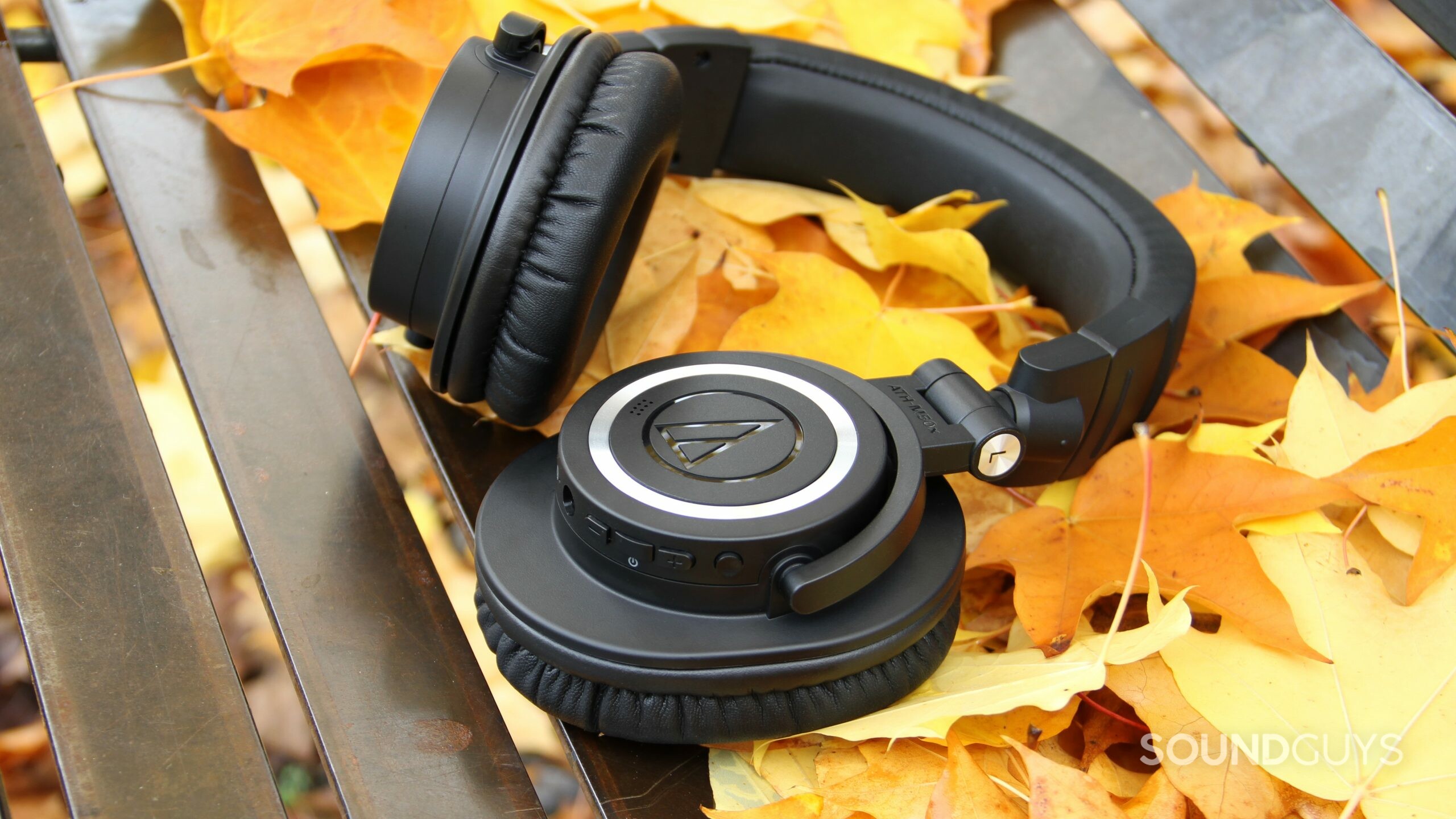
- Audio-Technica ATH-M50xBT2: If you want a more studio-friendly sound that still boosts bass a tad more than truly “flat” headphones, the ATH-M50xBT2 is a great option. This takes all that we love about the wired M50X and adds Bluetooth capabilities, with a long battery life that makes it more eco-friendly than its other wireless counterparts.
- JBL Quantum 350: The JBL Quantum series is a great option for gamers who like a bit more oomph to their games from explosions than other headsets offer. For just shy of $100 USD, the Quantum 350 includes nice features like surround sound and a software EQ. JBL headphones often have a bassy sound to them, and this is no exception.
- Sony WH-1000XM4: This pair of noise canceling headphones from Sony amplifies bass notes to a reasonable degree and you can really crank it up from the free mobile app (iOS/Android). If you don’t want to splurge for the XM5 headphones, this is a good bet.
- Razer Kraken V3: If your love of gaming and bass overlap, you may want to get the $99 USD Kraken V3. This is a pretty basic gaming headset with a good microphone and spatial sound (Windows 10). It isn’t the best headset money can buy, but the bass sounds about twice as loud as mids by default.
- V-MODA Crossfade 2 Wireless Codex Edition: This set of Bluetooth headphones can withstand just about anything, and supports SBC, AAC, and aptX for high-quality streaming to any device. You can also enjoy wired audio thanks to the integrated headphone jack. Listeners who want a bit of bass emphasis without it completely masking the rest of the frequencies will enjoy V-MODA’s signature sound.
Hold up! Something’s different:
Some of our picks’ frequency response and isolation charts were measured with our old testing system. We have since purchased a Bruel & Kjaer 5128 test fixture (and the appropriate support equipment) to update our testing and data collection. It will take a while to update our backlog of old test results, but we will update this article (and many others!) once we’re able with improved sound quality measurements and isolation performance plots. These will be made obvious with our new chart aesthetic (black background instead of white).
Thank you for bearing with us, and we hope to see you again once we’ve sorted everything out.
What are the best earbuds for bass?
- Anker Soundcore Liberty Air 2 Pro: This set of wireless earbuds has a uniquely bass-heavy sound that you can equalize from the SoundCore app. The earbuds have an IPX4 rating and you get nine different-sized ear tips, along with a software ear tip fit test to get the best fit possible.
- Anker Soundcore Life A1: This pair of wireless earphones pumps out a maddening level of bass, reserved for die-hard bass heads.
- Beats Powerbeats Pro: If you exercise and want a strong bass response with stellar battery life, this is the set of Beats for you. It may not be as compact as the Beats Fit Pro, but it holds its own with an IPX4 rating and secure ear hook design.
- Campfire Audio Honeydew: Maybe headphones are a bit too clunky for you to use every day. If that’s the case, the Honeydew is a great lightweight option with a unique design. Bass notes sound about twice as loud as mids and there is no software here to equalize the sound. Of course, that shouldn’t stop you from playing around with third-party EQ apps if you’re so inclined.
- Jabra Elite Active 75t: This set of noise canceling earbuds has a particularly bass-heavy sound that’s bound to make an impression. We like the Elite 75t series because of Jabra’s mobile app (iOS and Android) that allows you to EQ the sound to your liking. The earbuds also have an IP57 rating, making them great for any sport.
- JLab GO Air: This pair of earbuds amplifies bass notes to a wild degree, with no way to customize the sound without a third-party app. Still, it’s a durable option for less than $30 USD with its IP44 rating.
- Sony WF-1000XM4: This set of earbuds amplifies bass notes a bit more than mids, making for a standard consumer-friendly sound, save for the quiet treble reproduction. Sony’s flagship pair of wireless earphones has the best noise canceling around, with only the Bose QuietComfort Earbuds giving it a run for its money.
What you should know about the best headphones for bass
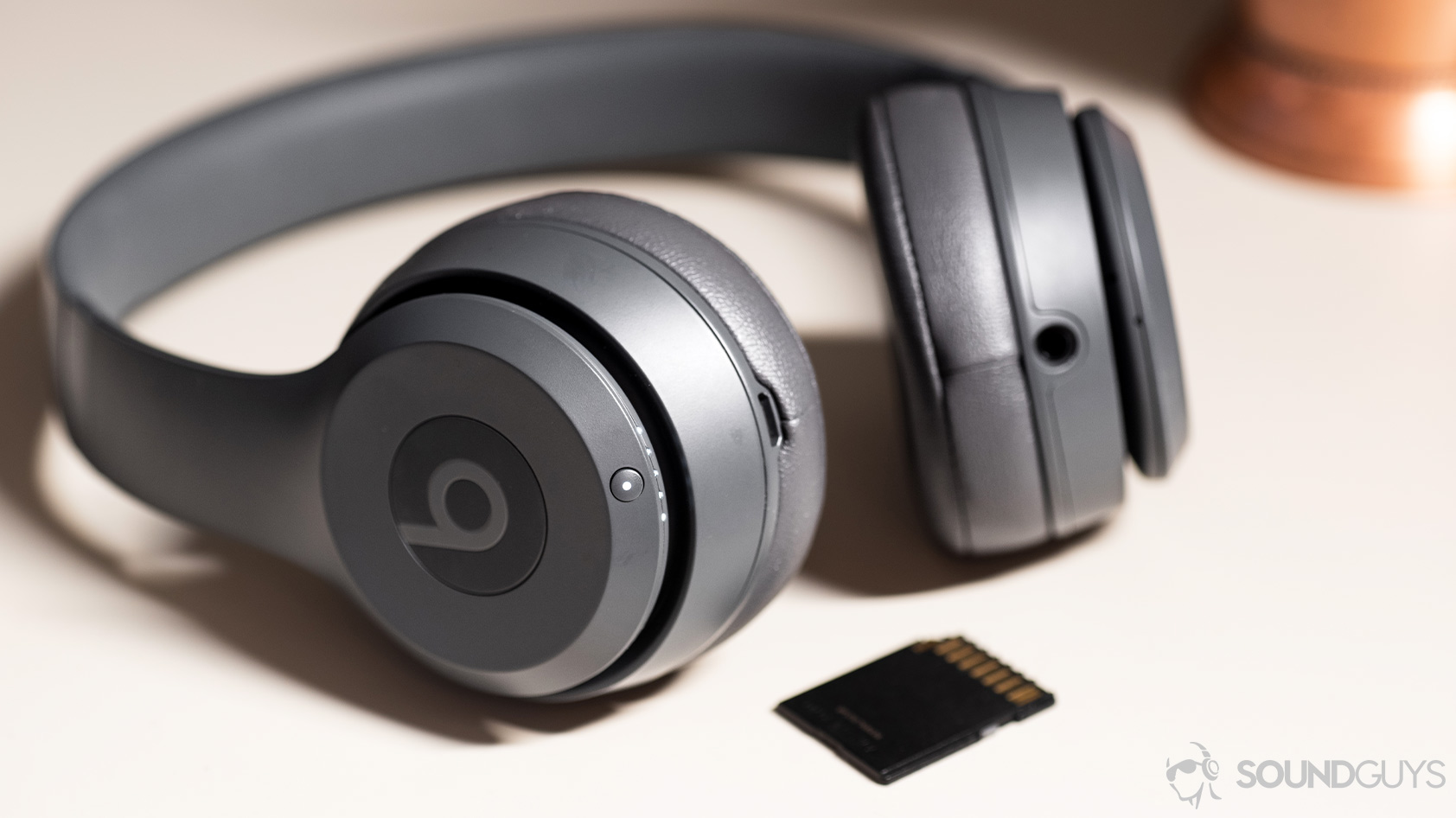
If you’re looking for a pair of bass headphones that are worth spending your money on, then it’s worth knowing a few things so you can really understand what that even means.
What is a bass-heavy frequency response?
When you’re researching headphones you’ll typically come across something called “frequency response.” The frequency response of an audio product is nothing more than a visual representation to help us understand how a pair of headphones output sound. The way you test this is fairly simple, and just requires a known output sound (we usually just use a regular sweep, or output that varies between two known frequencies, in our testing). Once you play that known sound through the headphones, you can record it and compare what you got to what you put in.
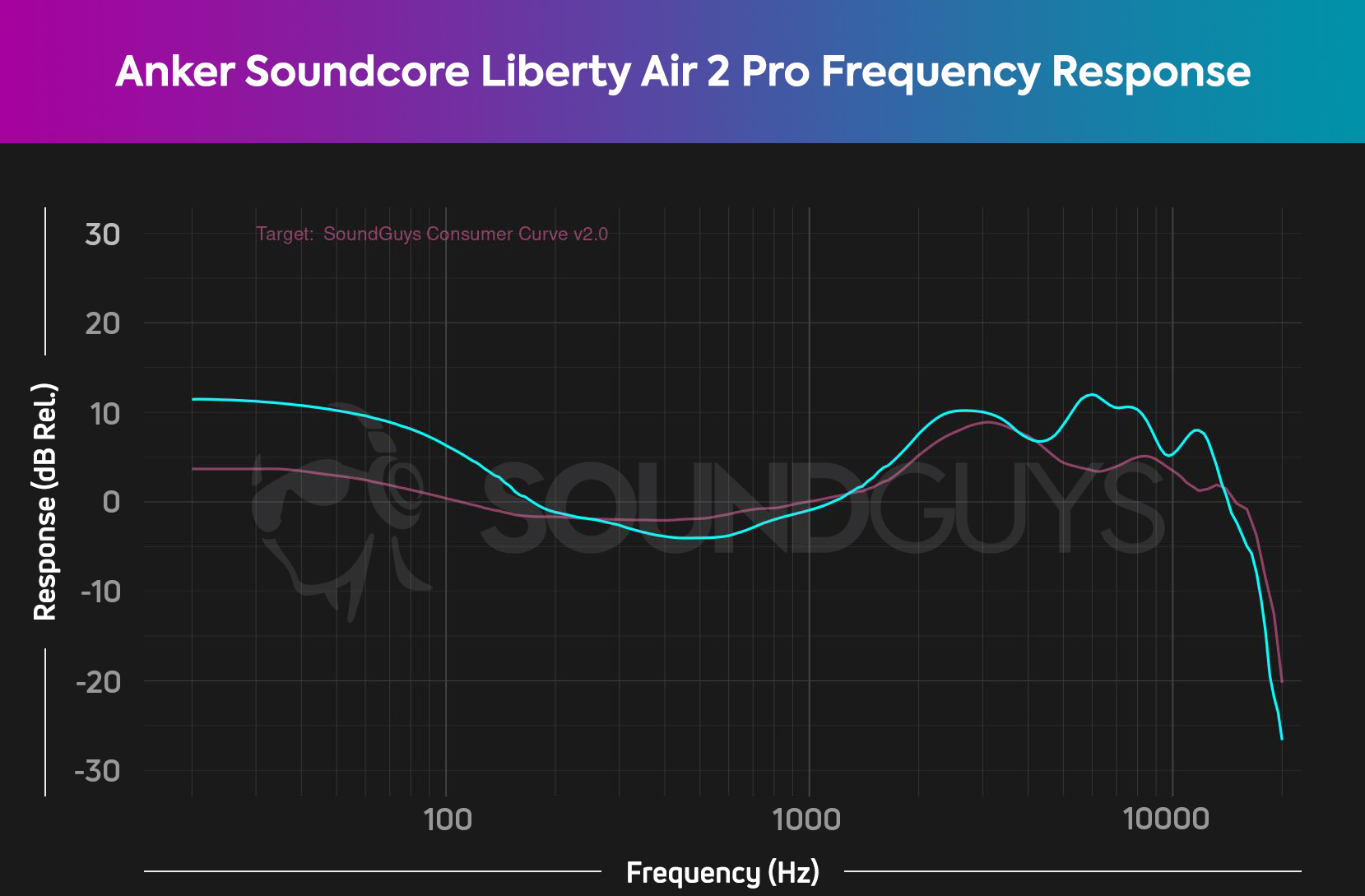
In bass-heavy headphones, low frequencies (512Hz and below) are reproduced notably louder than mids. This happens because audio engineers for headphone manufacturers intentionally tune the drivers this way. While not everyone likes a heavy dose of bass to their music, many of us do. After all, that’s why you’re here! The drawback to this, is that a great output differential between bass and mids can lead to masking of the quieter midrange notes, which makes it harder to perceive other instrumental detail from your music.
Still not getting enough bass? It could be poor isolation
If you already have a pair of headphones and you’re just not getting enough bass out of it, the problem might not be the headset at all. It could be the earpads.
When you have loose-fitting earpads that don’t fit your ears right, outside noise can get in and basically distract your brain from registering those lower notes. This is another example of auditory masking, and it’s just how humans have evolved. If you hear two sounds of similar frequencies, whichever one is louder will be the one that your brain prioritizes as a potential threat. To compensate for this, it’s crucial to make sure that you have a good seal around your ears when listening to music. When you wear in-ears, it’s likewise important to get a good seal at your ear canal entrances.
A set of bass-heavy headphones can’t cause hearing loss just because you don it on, but if you increase the volume too much (on any headset), you could damage your hearing.
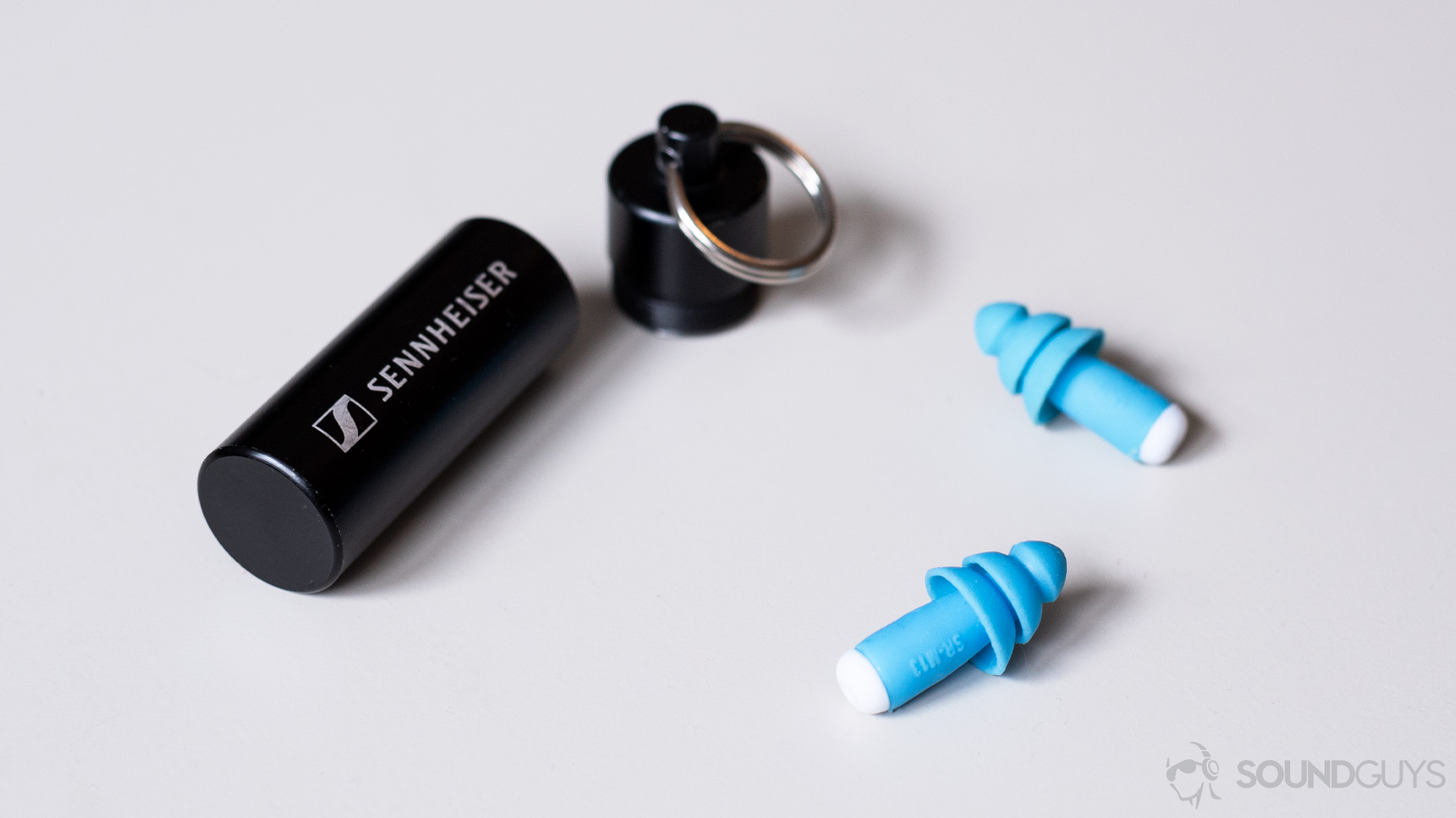
You should be mindful of how loud you’re listening to your music. Exposing your ears to great volume levels for extended (or even short) periods of time can damage the tiny hairs in your ear that are responsible for transferring vibrations. The fewer vibrations they can detect, the less you can hear over time. This is called “Noise-induced hearing loss” and while it’s true that this does happen naturally as you age and people tend to have less sensitivity to higher sounds in old age, why accelerate the process?
You can read all about the different types of hearing loss here, but one thing you can immediately implement into your listening habits is to try to keep your music to below 85dB(SPL). Many modern smartphones have volume limiters for this reason, so you can essentially set and forget it for safe listening. That is the maximum exposure recommended by the NIOSH if you like your ears and would like to continue using them into your old age.
Should you get Beats headphones for bass?
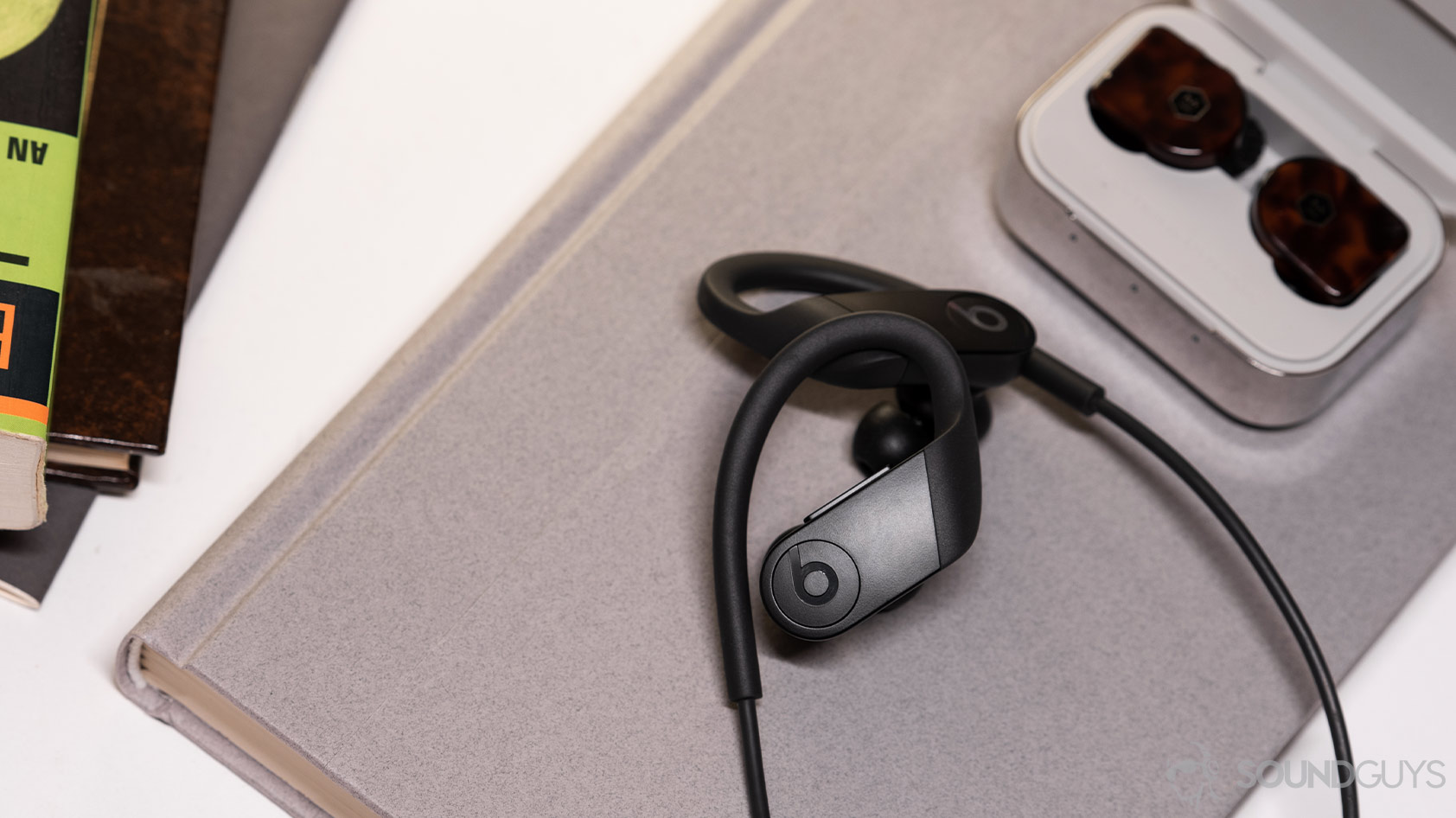
One company is known for its emphasis on the low end, and that’s Beats. While many people scoff at the idea of recommending a pair of Beats headphones, we don’t see a problem with it if a strong bass is what you’re after. While the Beats Solo Pro is a solid ANC headset, it’s no longer in production. Make sure to check out this list of the best Beats headphones before making your decision. If you can’t stand the thought of buying a pair of Beats then don’t worry because we also have a list of the best alternatives. Whatever you’re after, hopefully, we have you covered with those two lists!
Why you should trust SoundGuys
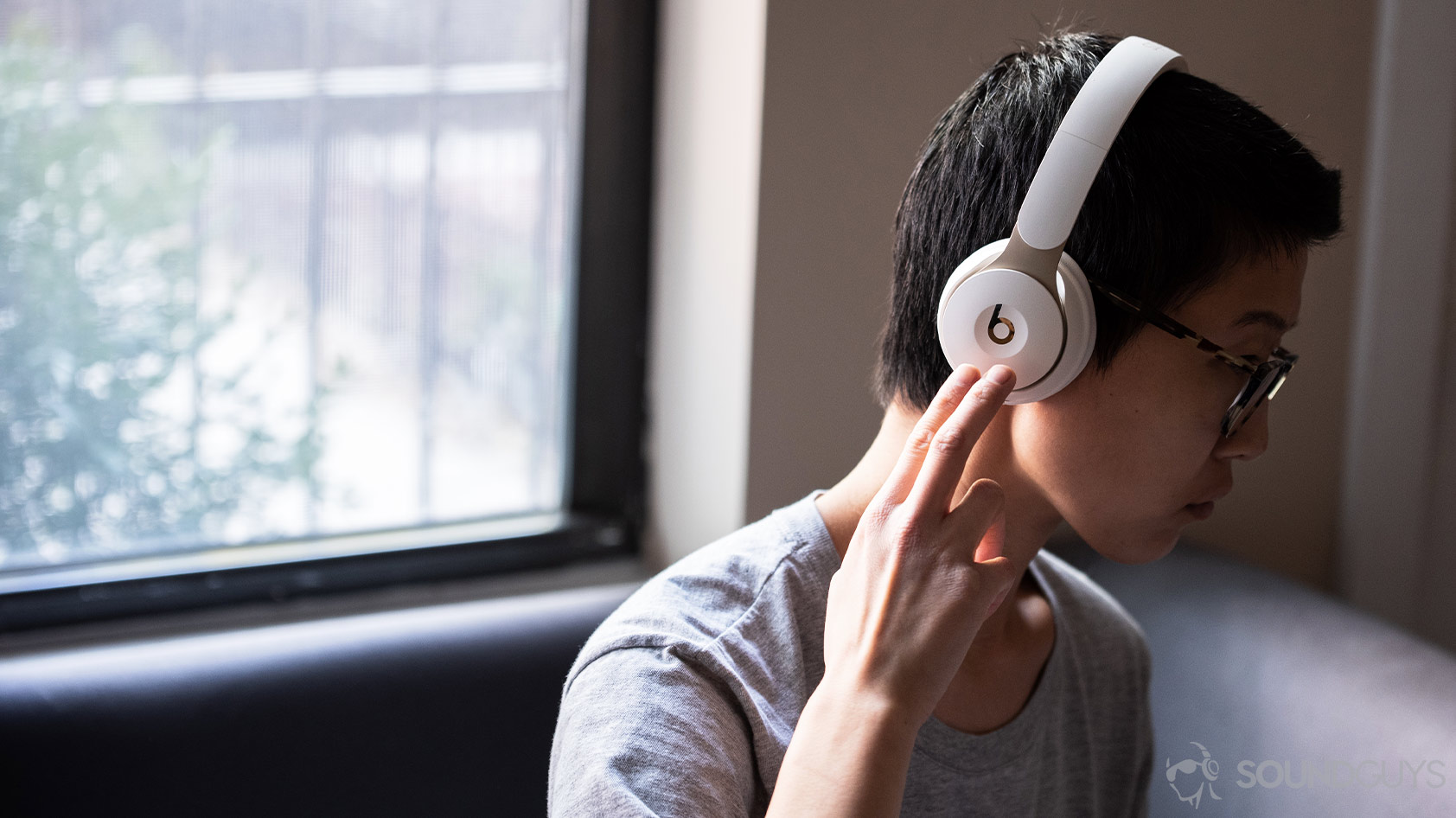
The team at SoundGuys aren’t just writers, we’re also all deeply invested in finding the best audio products on the markets and trying to share our passion with the internet. Whether that means interviewing experts on hearing loss or reviewing a bunch of waterproof speakers, we do whatever it takes to get to the truth and inform our readers.
Everyone on our team consists of people with years of experience in radio, product reviews, product testing in the lab, studio experience, and of course: journalism. And if you’re ever worried that we’re being paid to put in a favorable review, don’t worry. Our writers get paid based on output alone (aka how much hard work they put in). Our pay isn’t based on which products get a good review and which don’t.
Frequently asked questions about the best headphones for bass
The Apple AirPods Max was not designed to please bass heads. Though boosts bass notes a bit, the bass reproduction is still fairly tame relative to our top picks. There is no proprietary way to create a custom EQ for the AirPods Max, so that also boots it out of the running for the best bass headsets.
Depending on what operating system you are using to listen to your music, you will likely need to go into the sound settings on your device.
On an iPhone, for example, under Settings > Music > Playback > EQ, you can select a “Bass Booster.”
Some operating systems allow for personalized equalizer settings, but a preset bass booster is an option on almost all. Additionally, depending on which streaming service you use, you will be offered a varying amount of freedom in changing your equalizing settings within that application. For example, Spotify Premium allows for very personalized EQ settings.
Open-back and closed-back refer to the physical build of a set of headphones. Open backs do not block out room noise nearly as much as closed backs, but open backs deliver a purer sound because there are fewer echoes produced by the sound rebounding off of the headphone walls.
When it comes to choosing between the two types for a bass boost, you’ll want to go with closed-back because the enclosed space amplifies bass tones. However, it can also create tiny echoes or have slower response times because of the high pressure in the chamber behind the drivers. Open-back headphones have a harder time emphasizing bass, but what bass tones they do emphasize are almost always more accurate because there’s no force against the driver from the backside.
Regardless of which you choose, there’s always the option to EQ your headphones to boost the bass from the sound source.
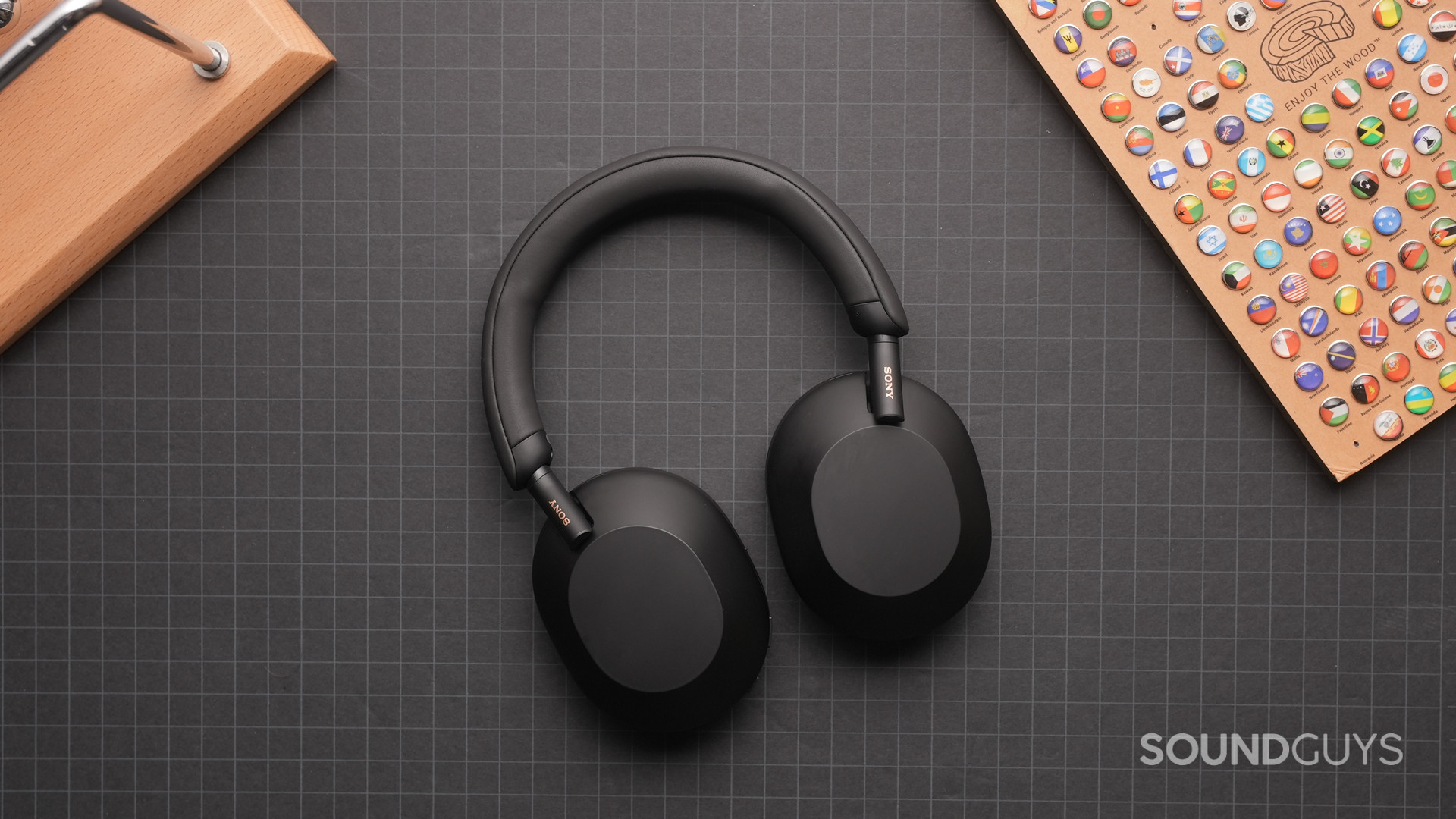
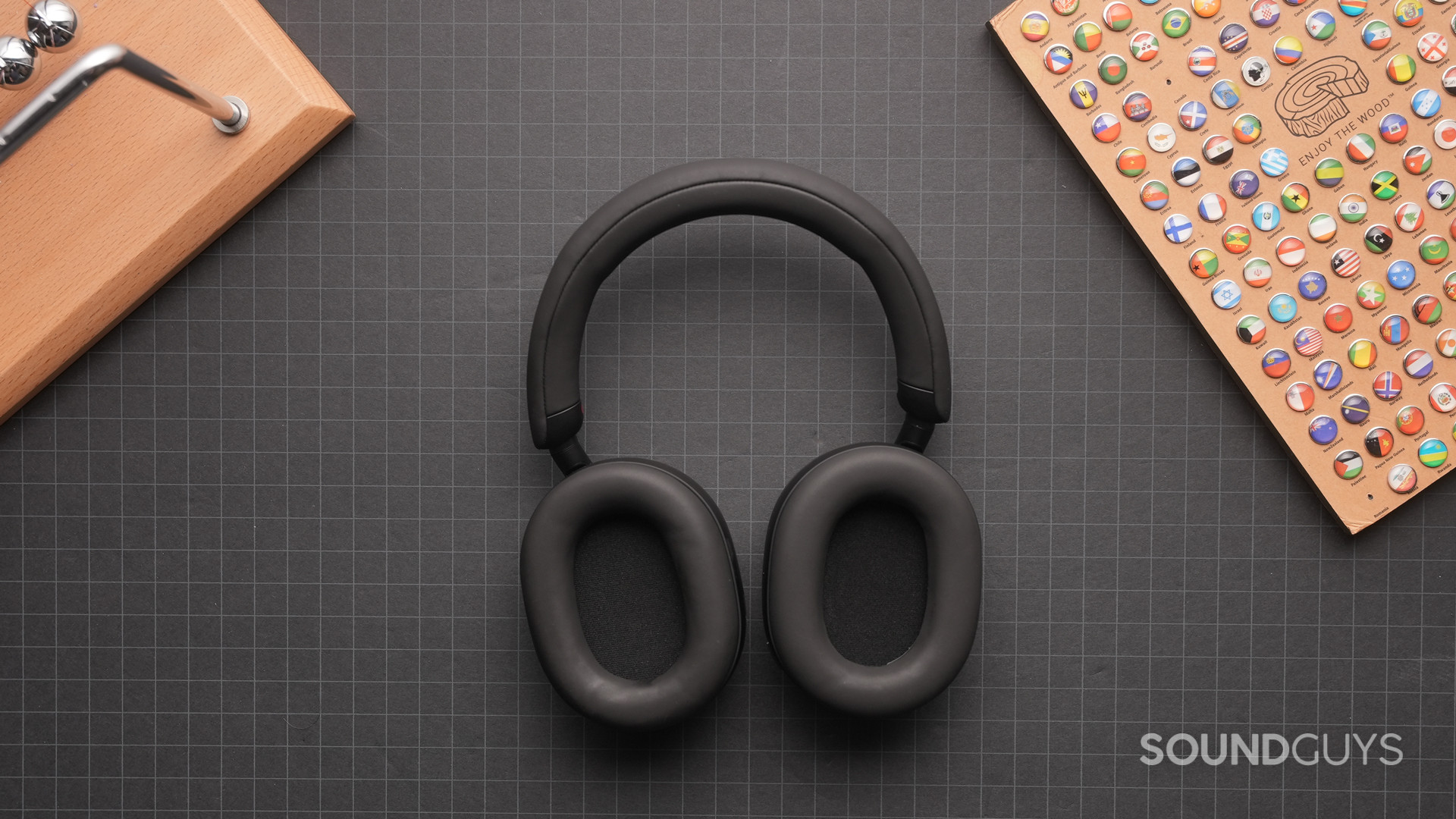
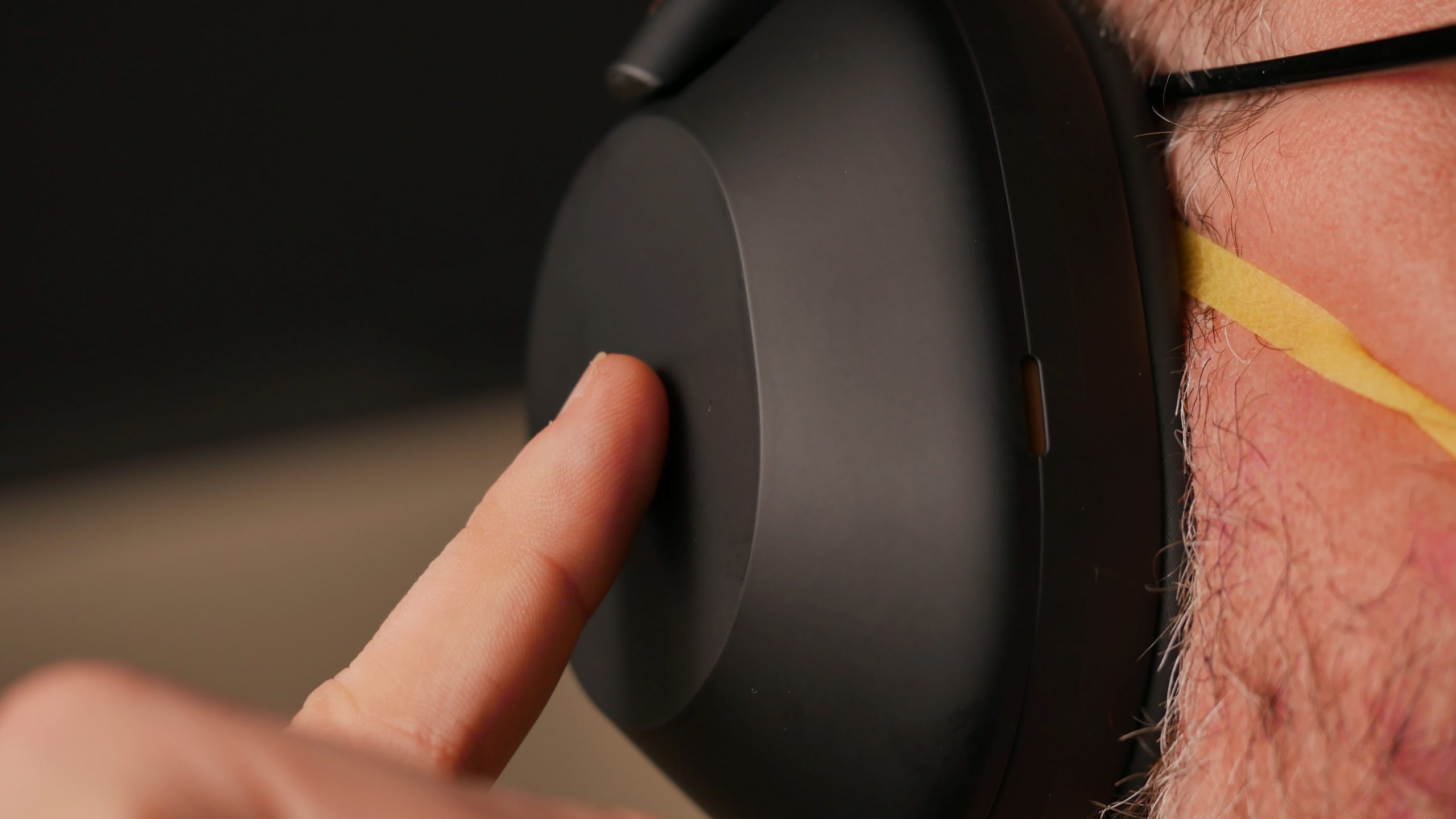
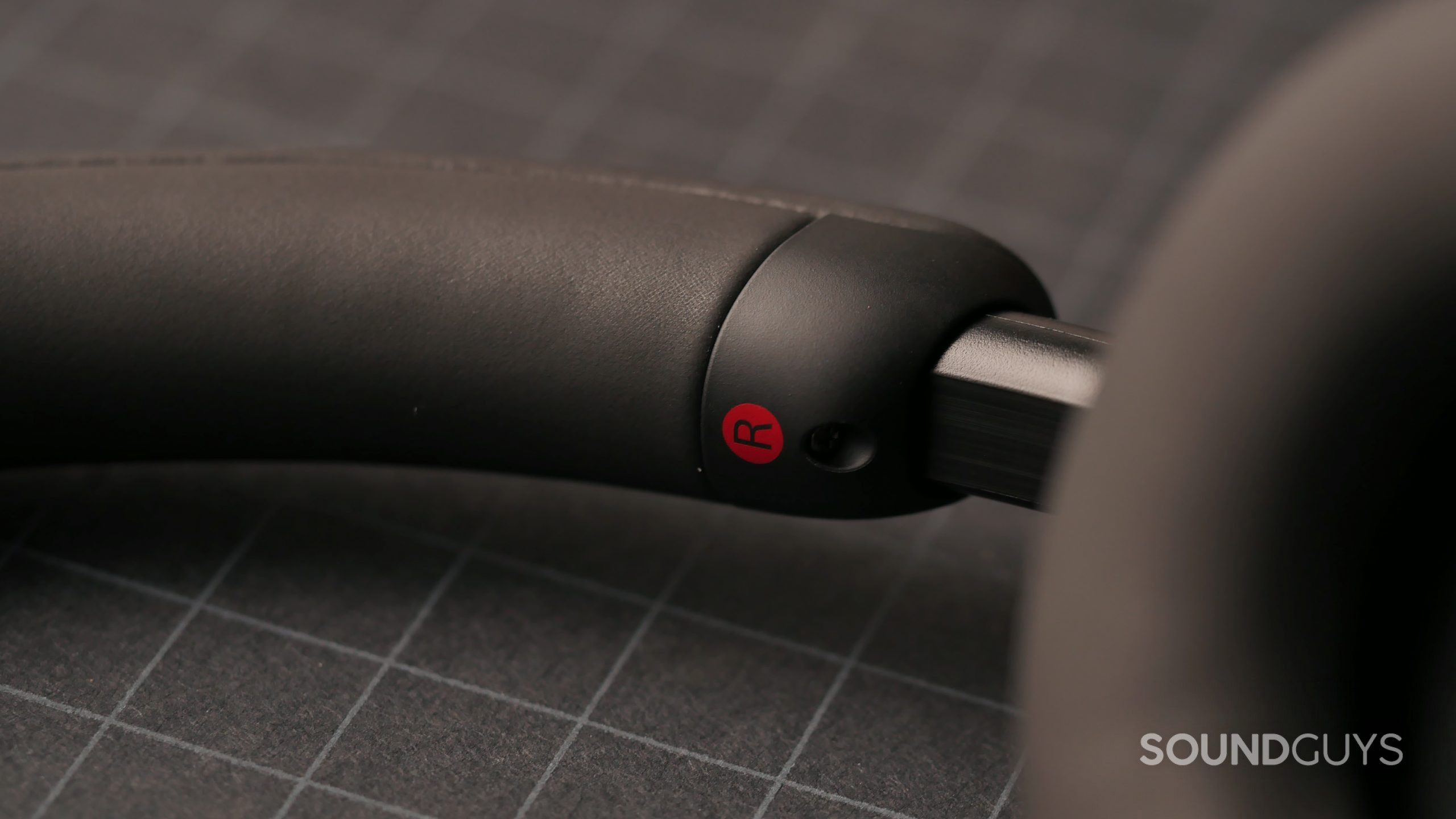
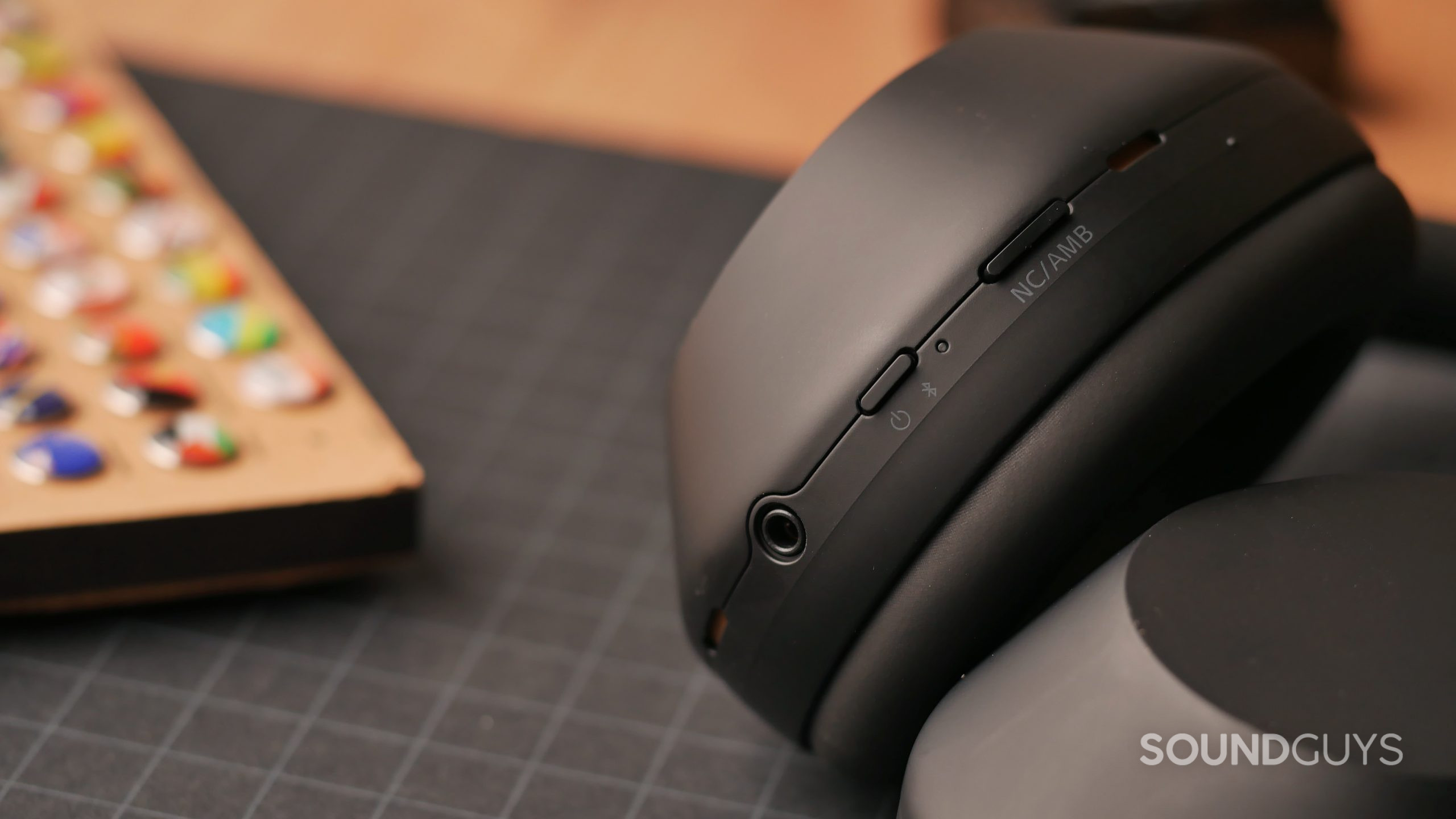
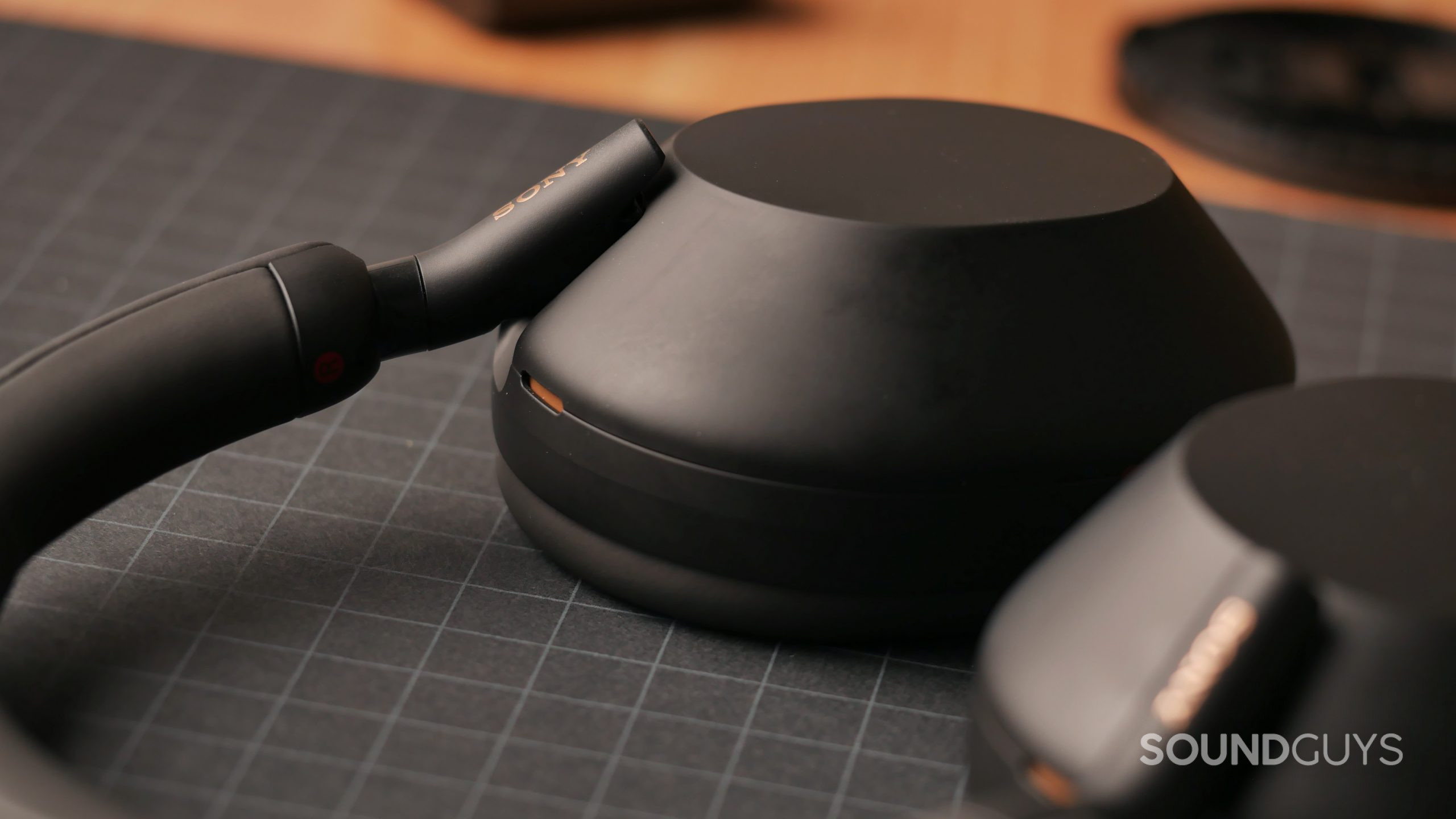
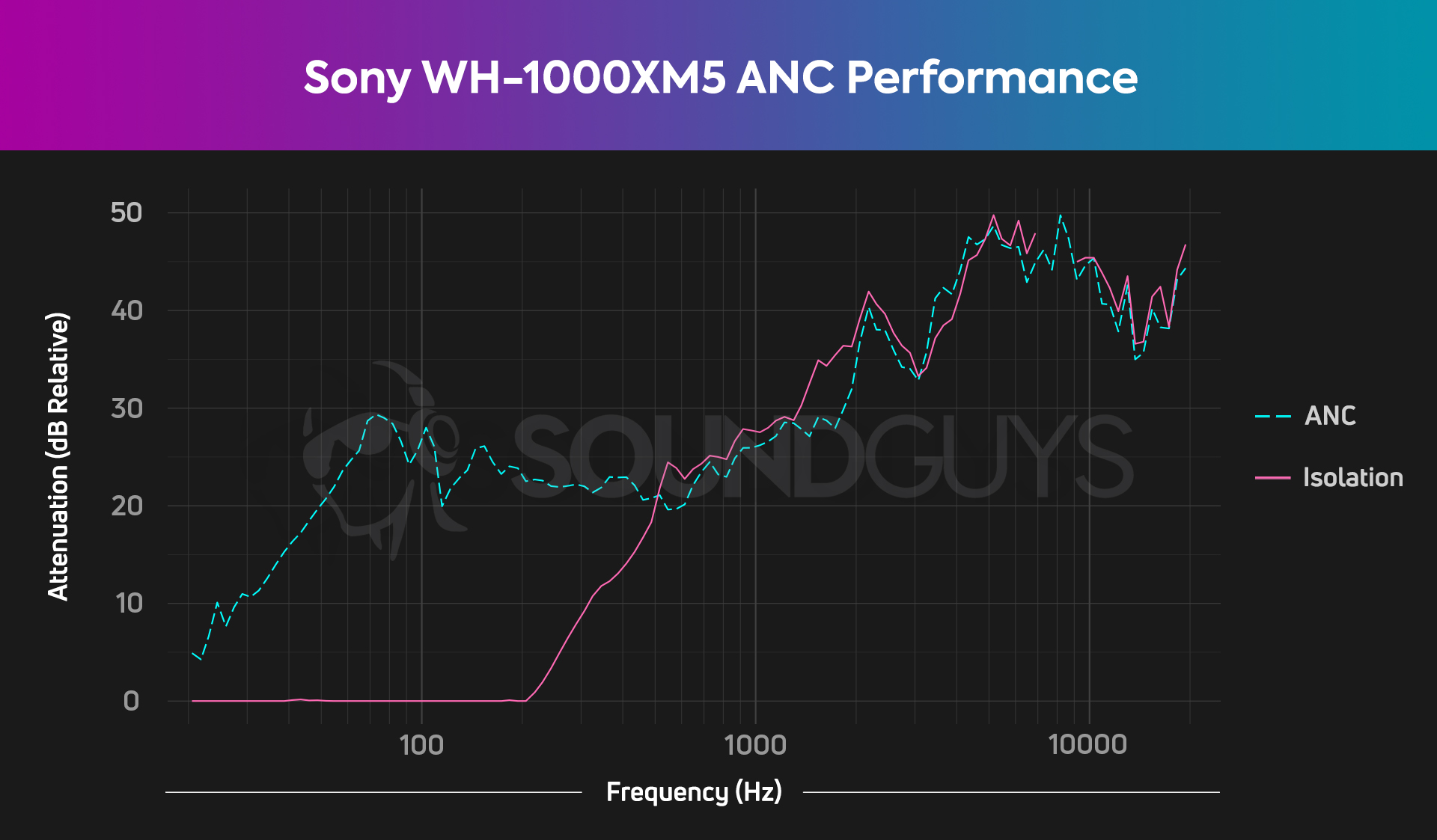
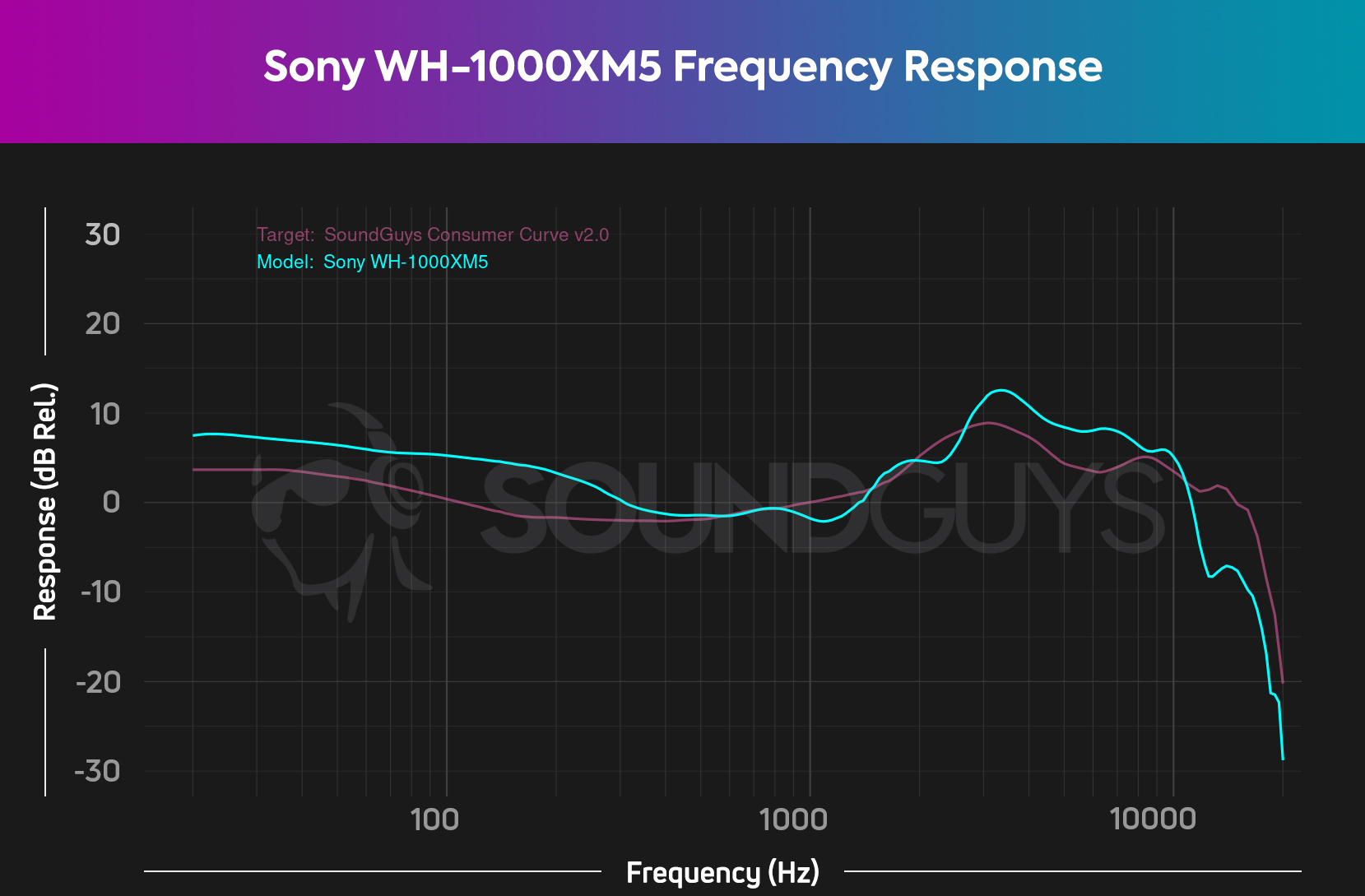
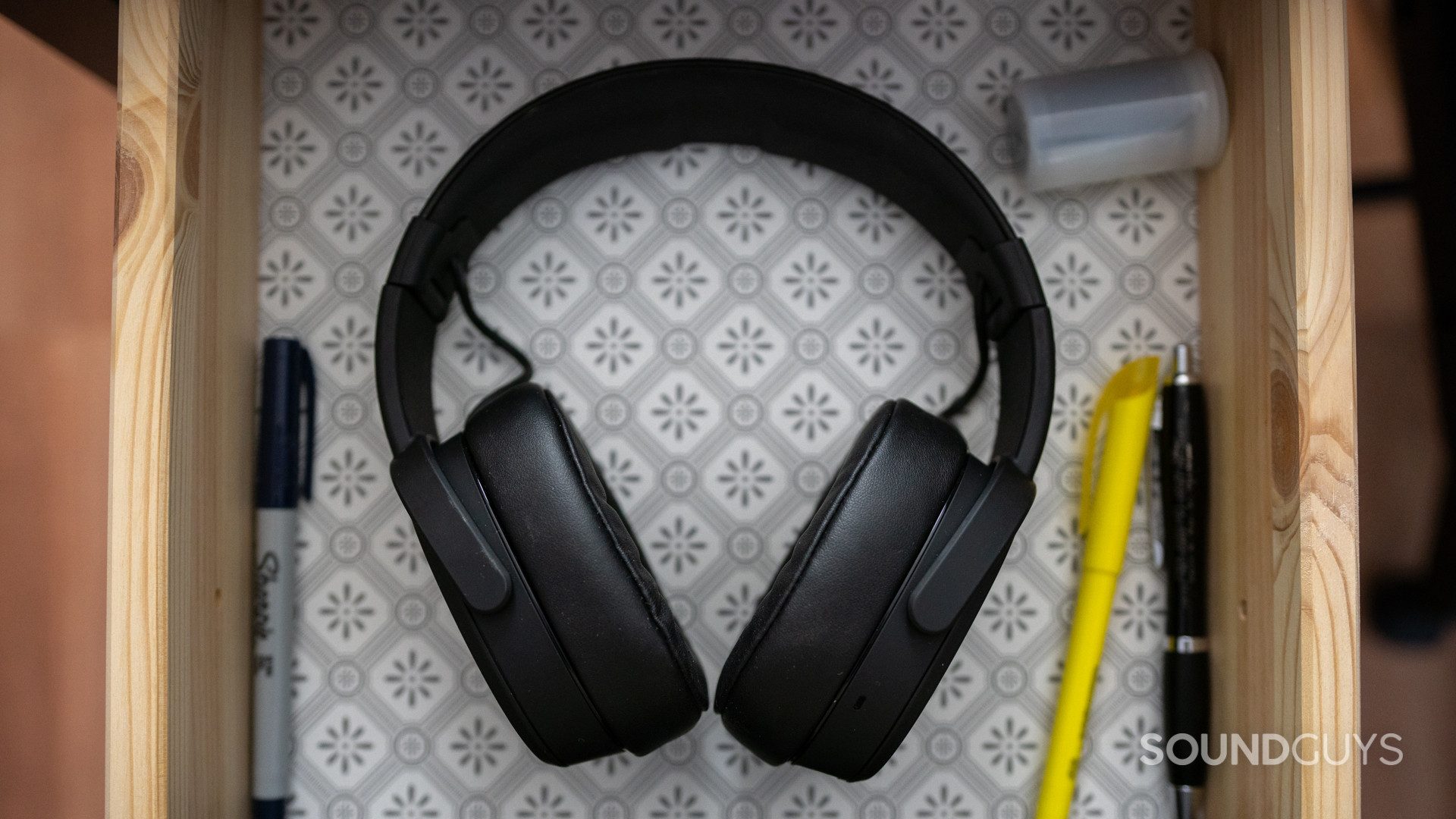
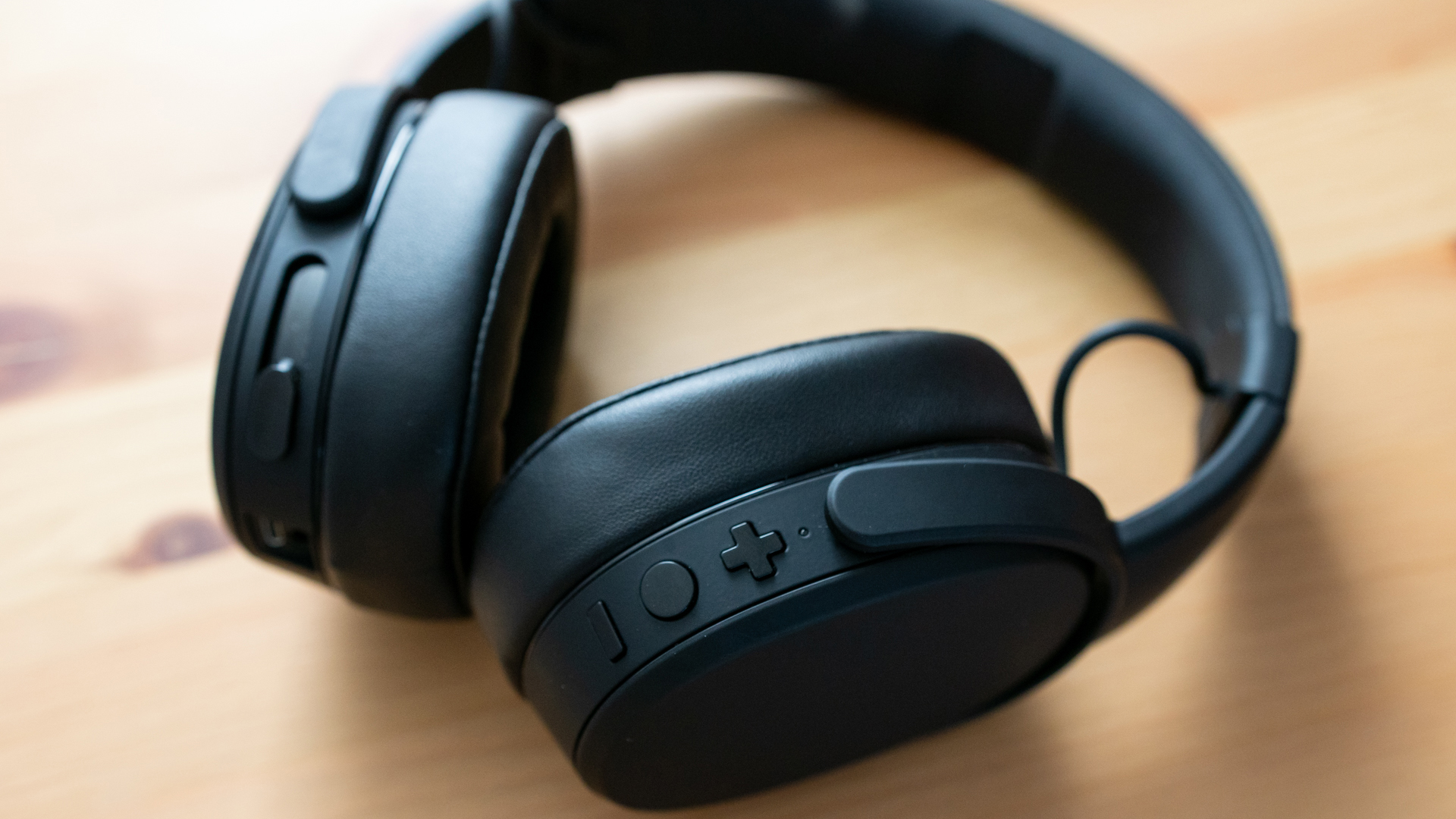
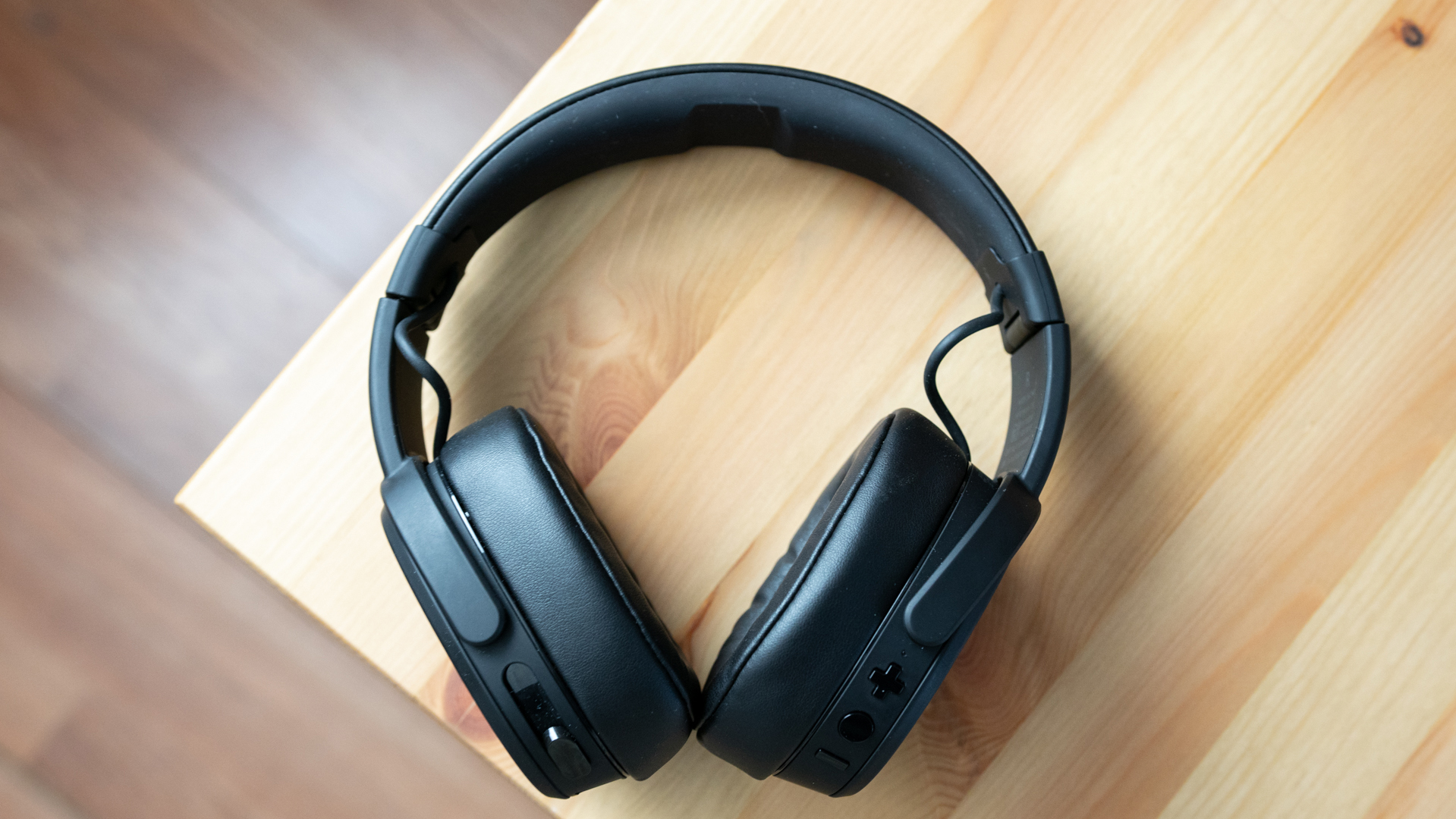
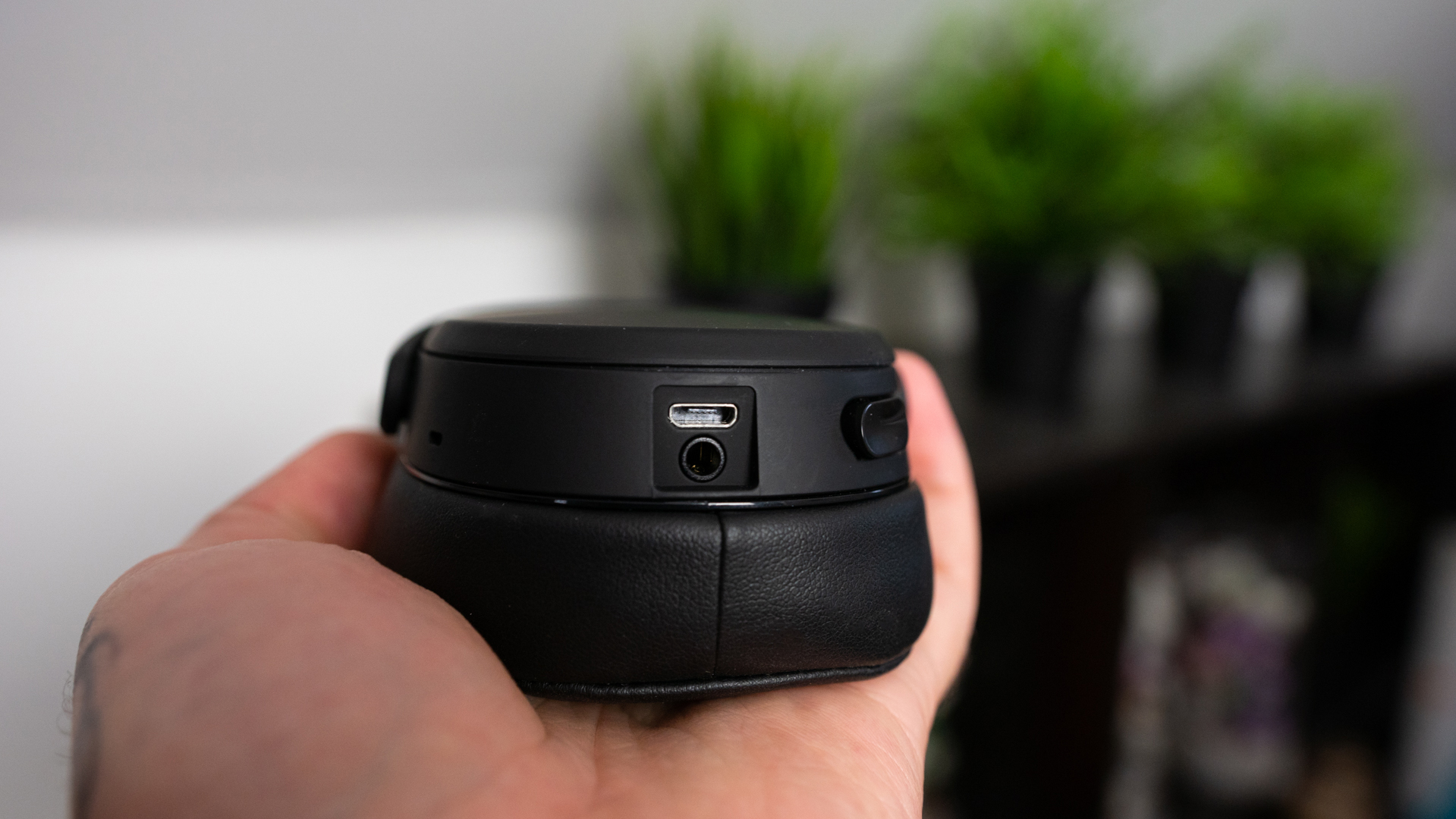
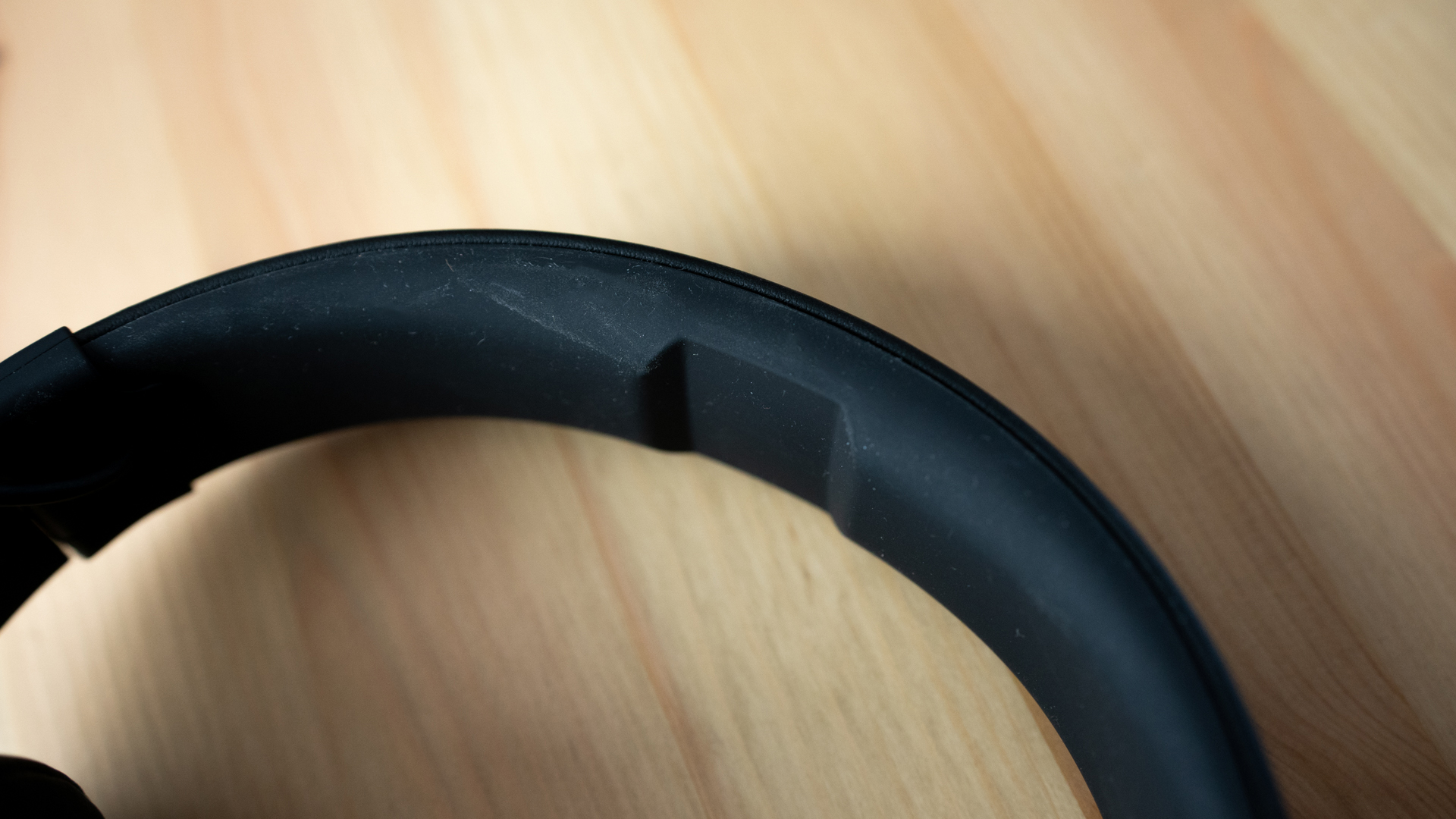
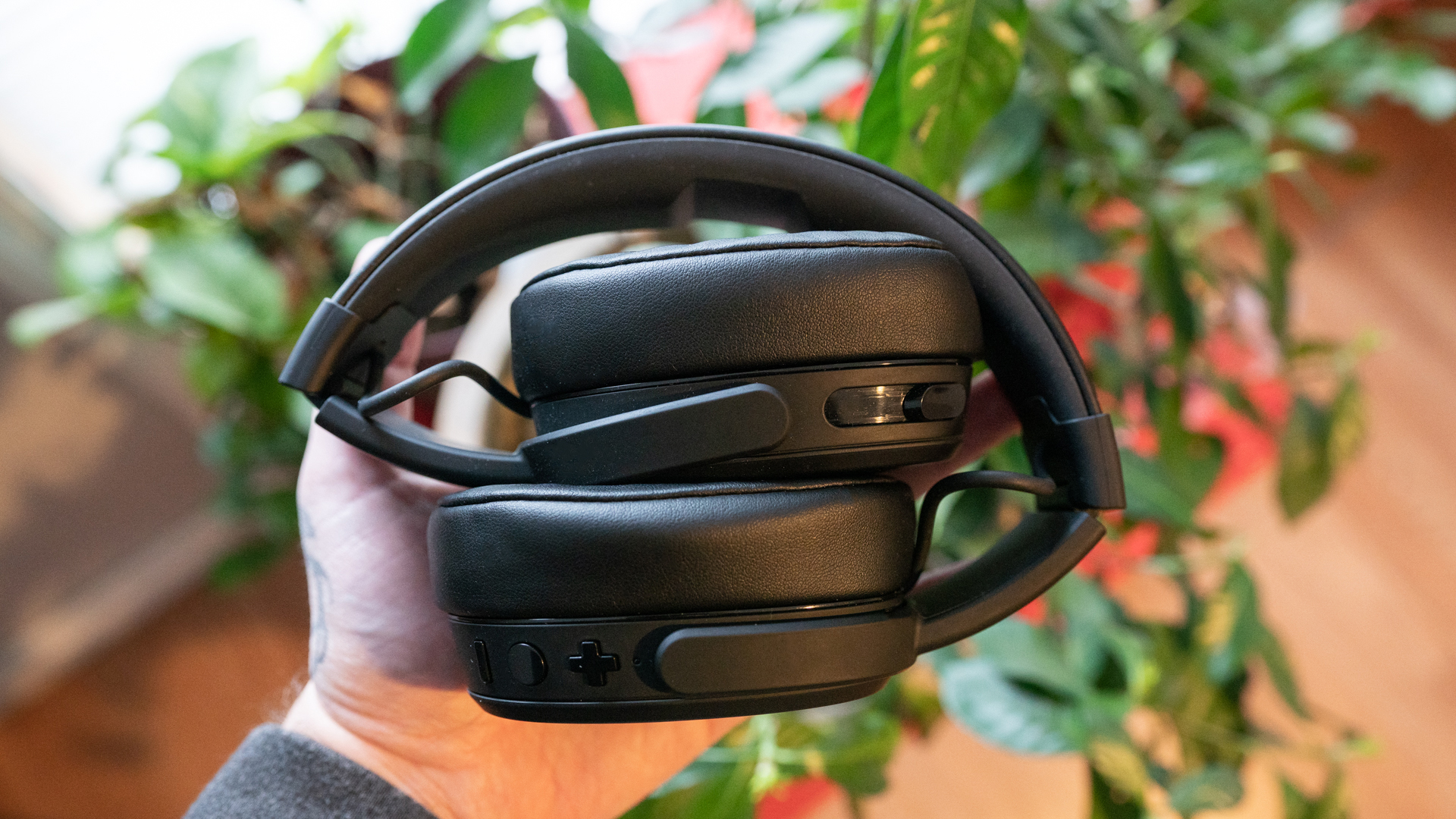
![Skullcandy Crusher Wireless Frequency Response[2] Frequency response of the Skullcandy Crusher Wireless](https://www.soundguys.com/wp-content/uploads/2019/03/Skullcandy-Crusher-Wireless-Frequency-Response2.jpg)
![Skullcandy Crusher Wireless Isolation[1]](https://www.soundguys.com/wp-content/uploads/2019/03/Skullcandy-Crusher-Wireless-Isolation1.jpg)
